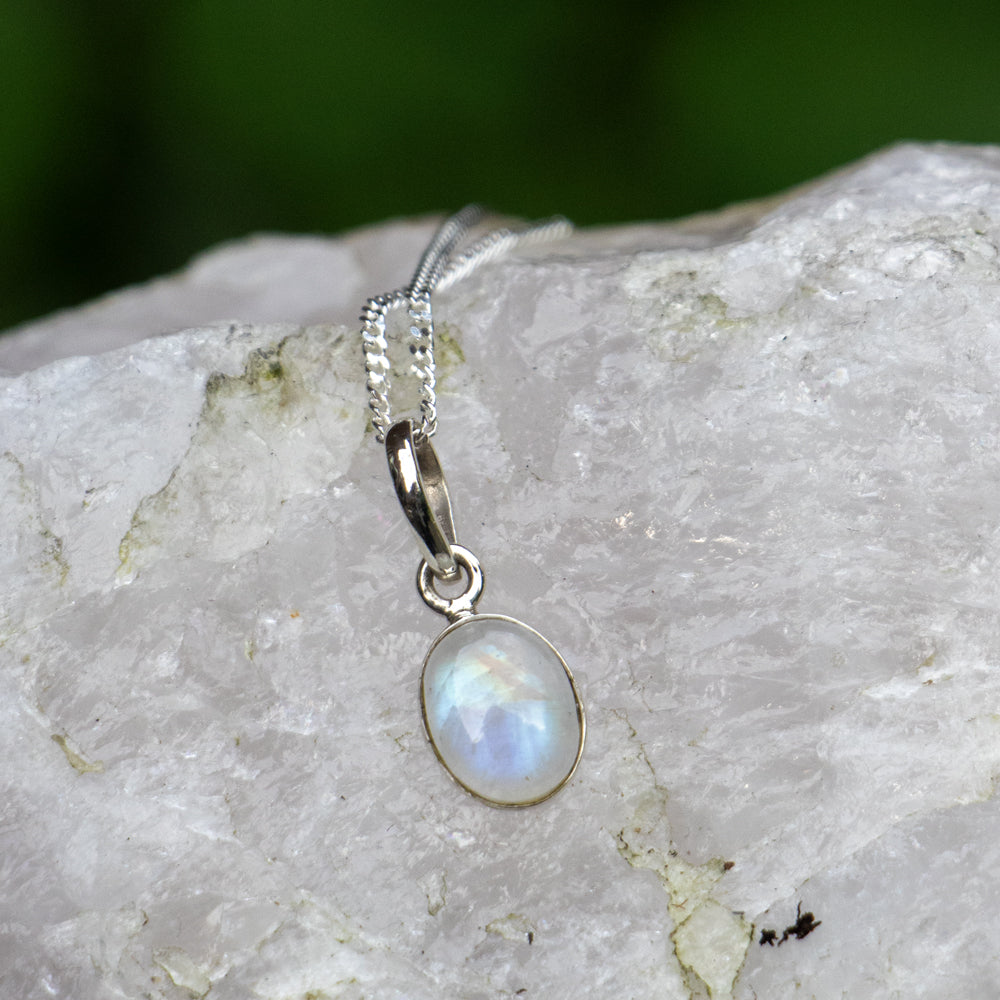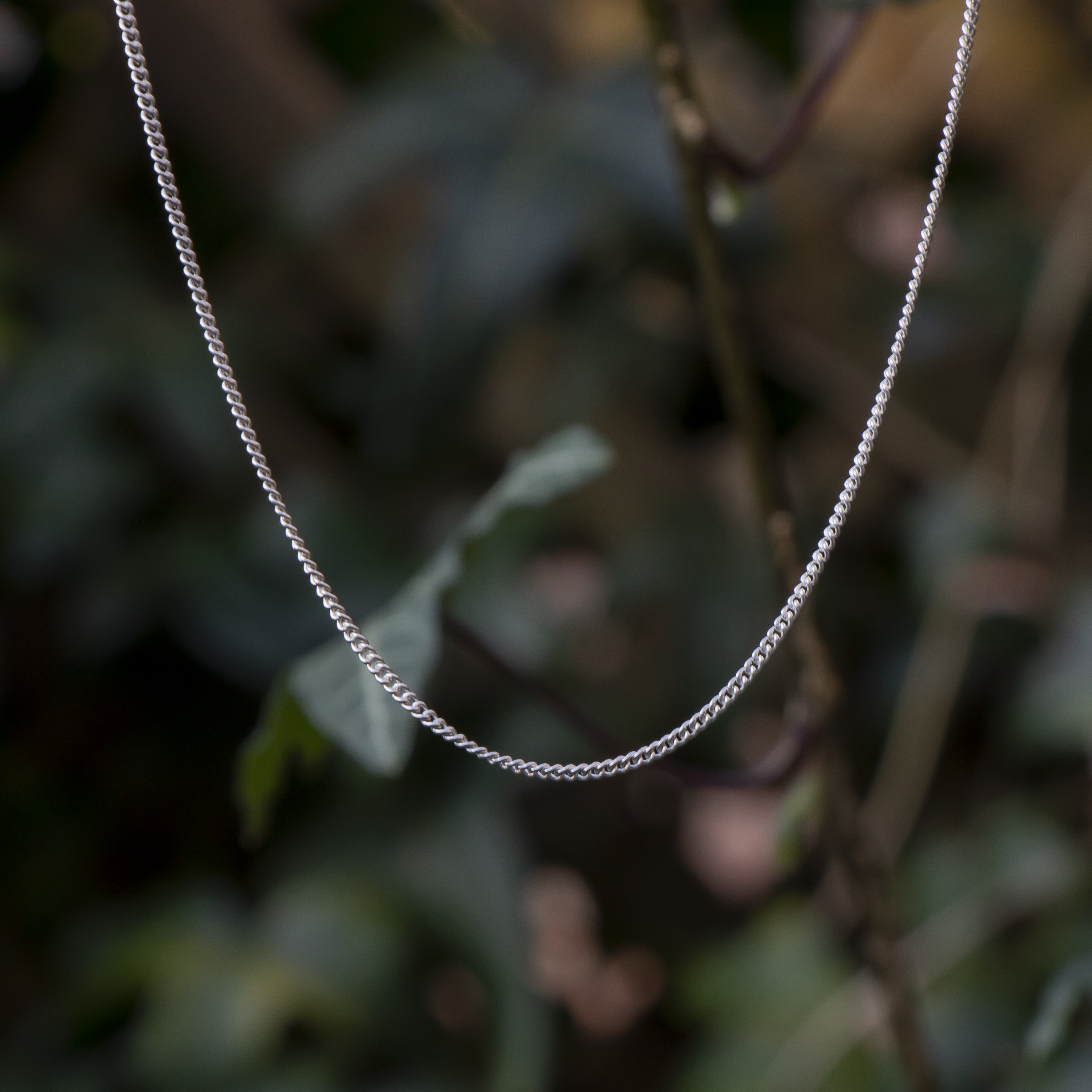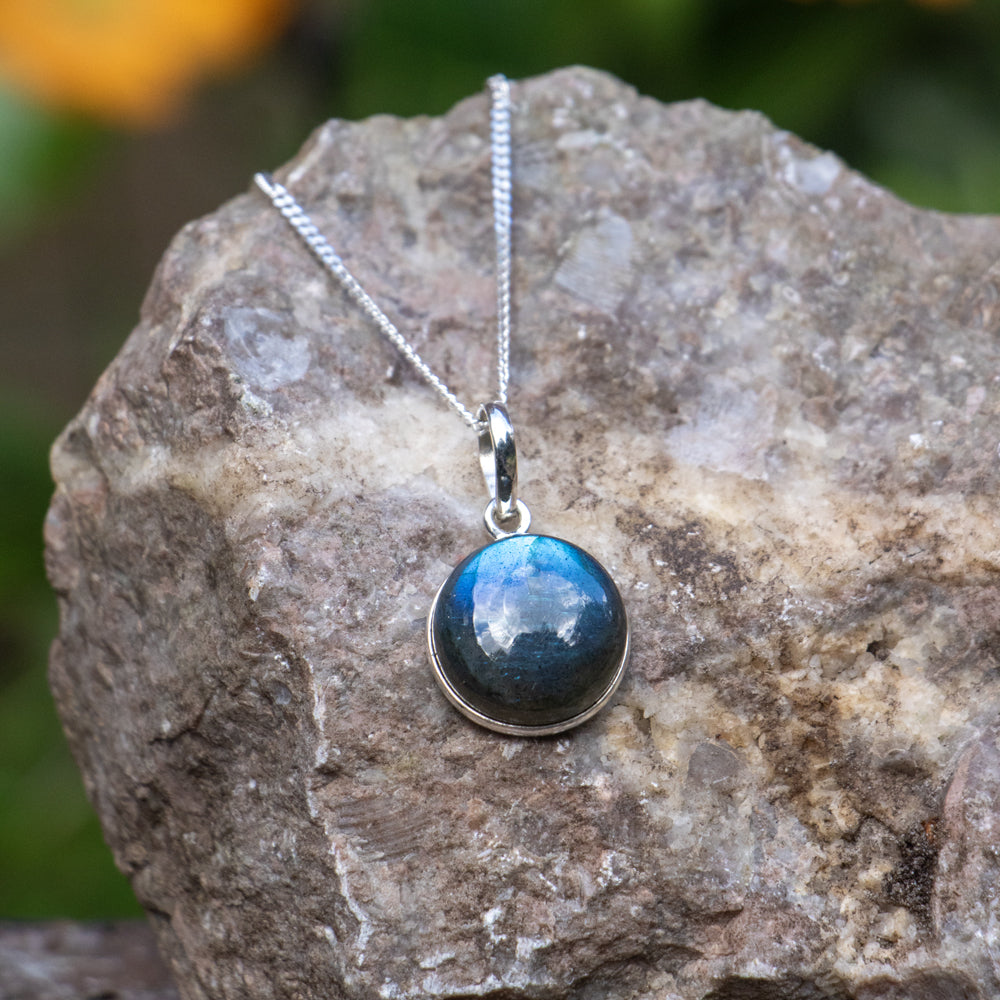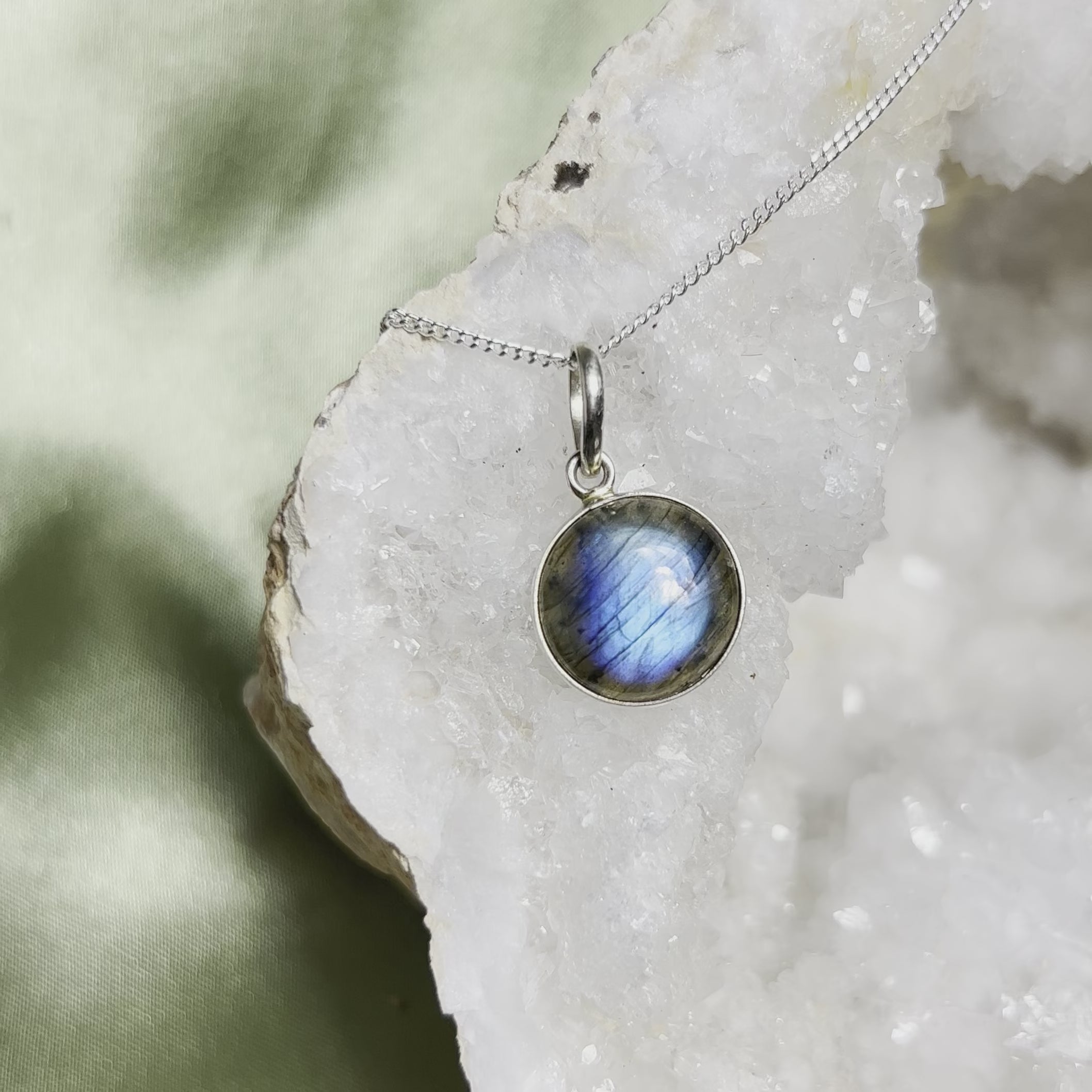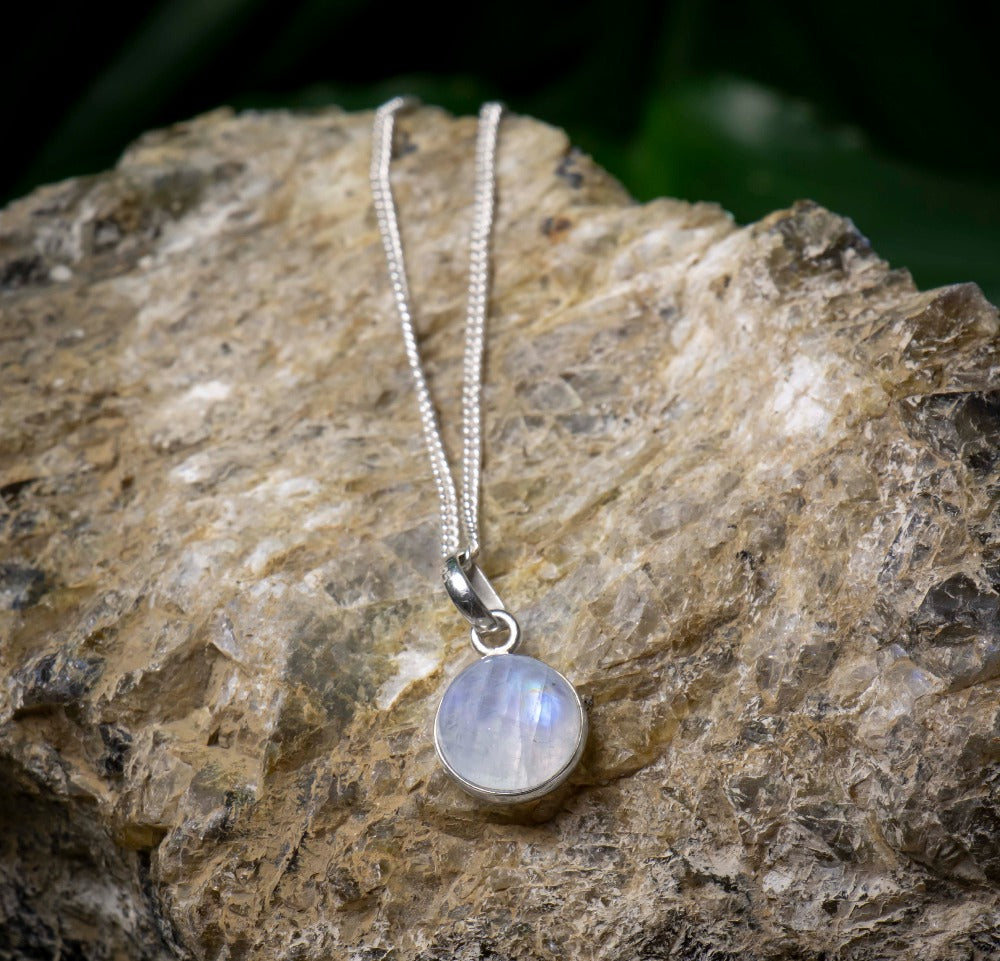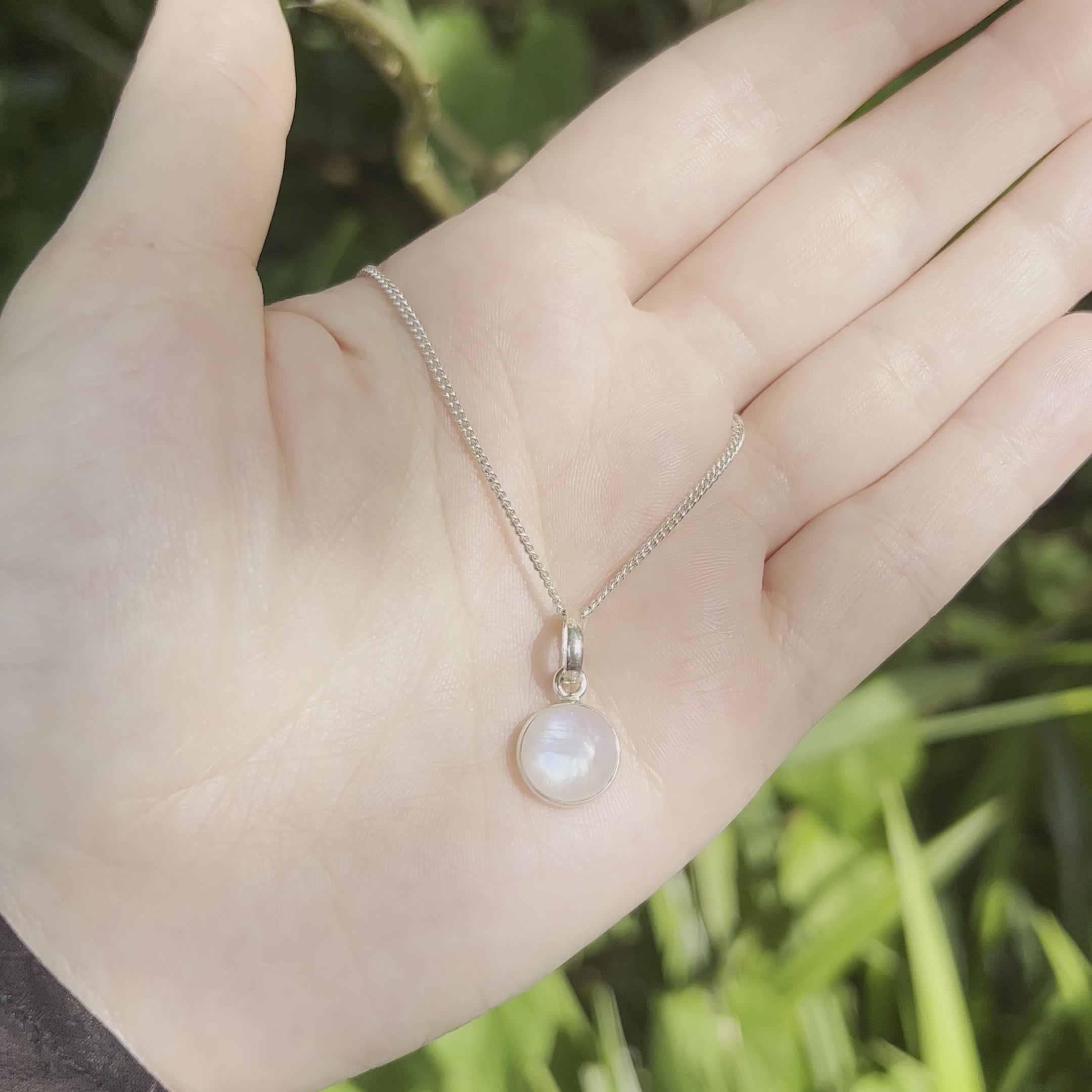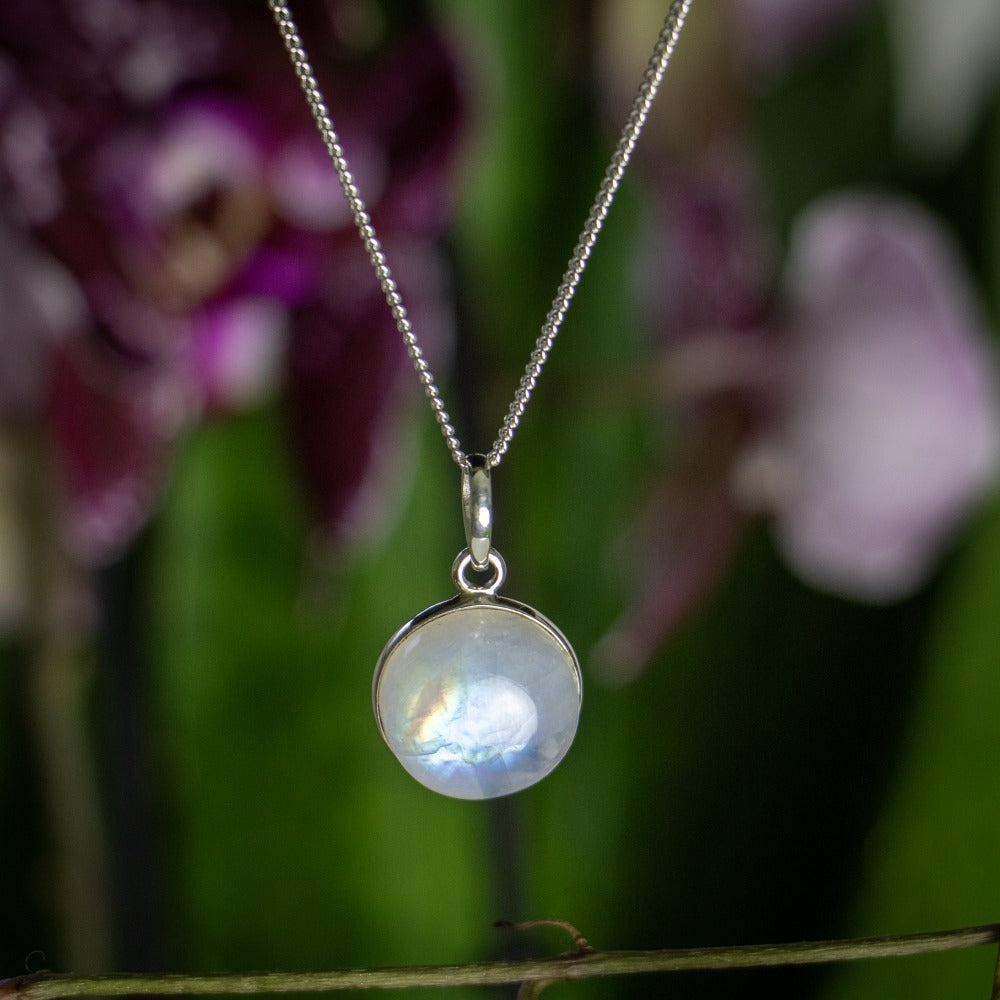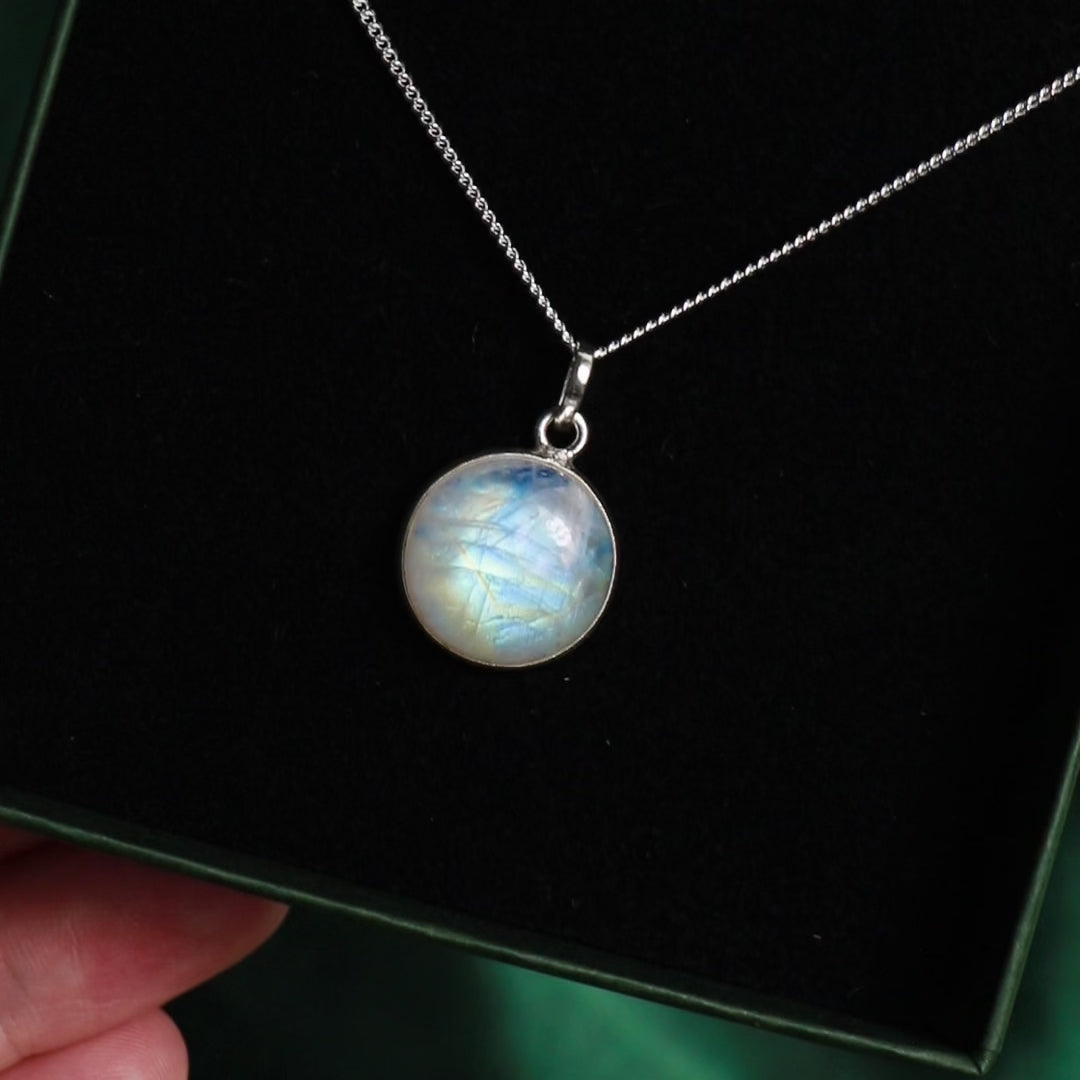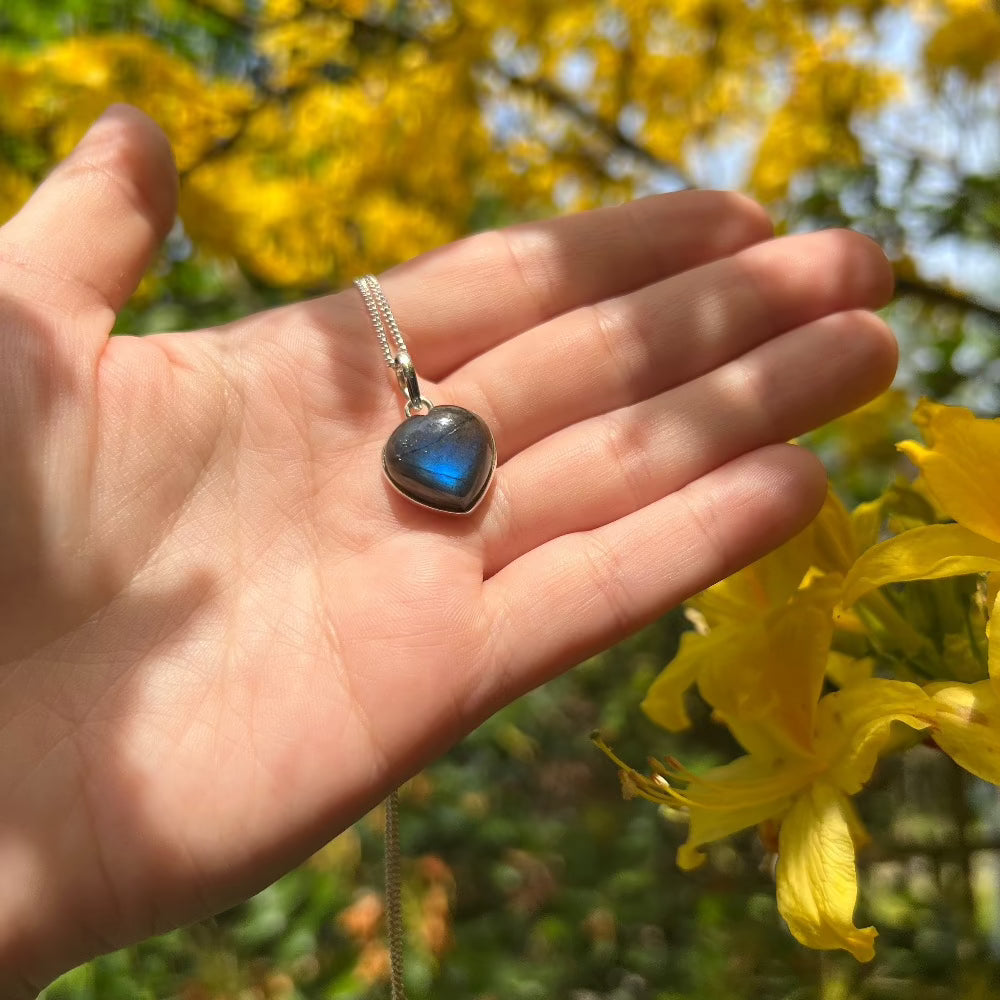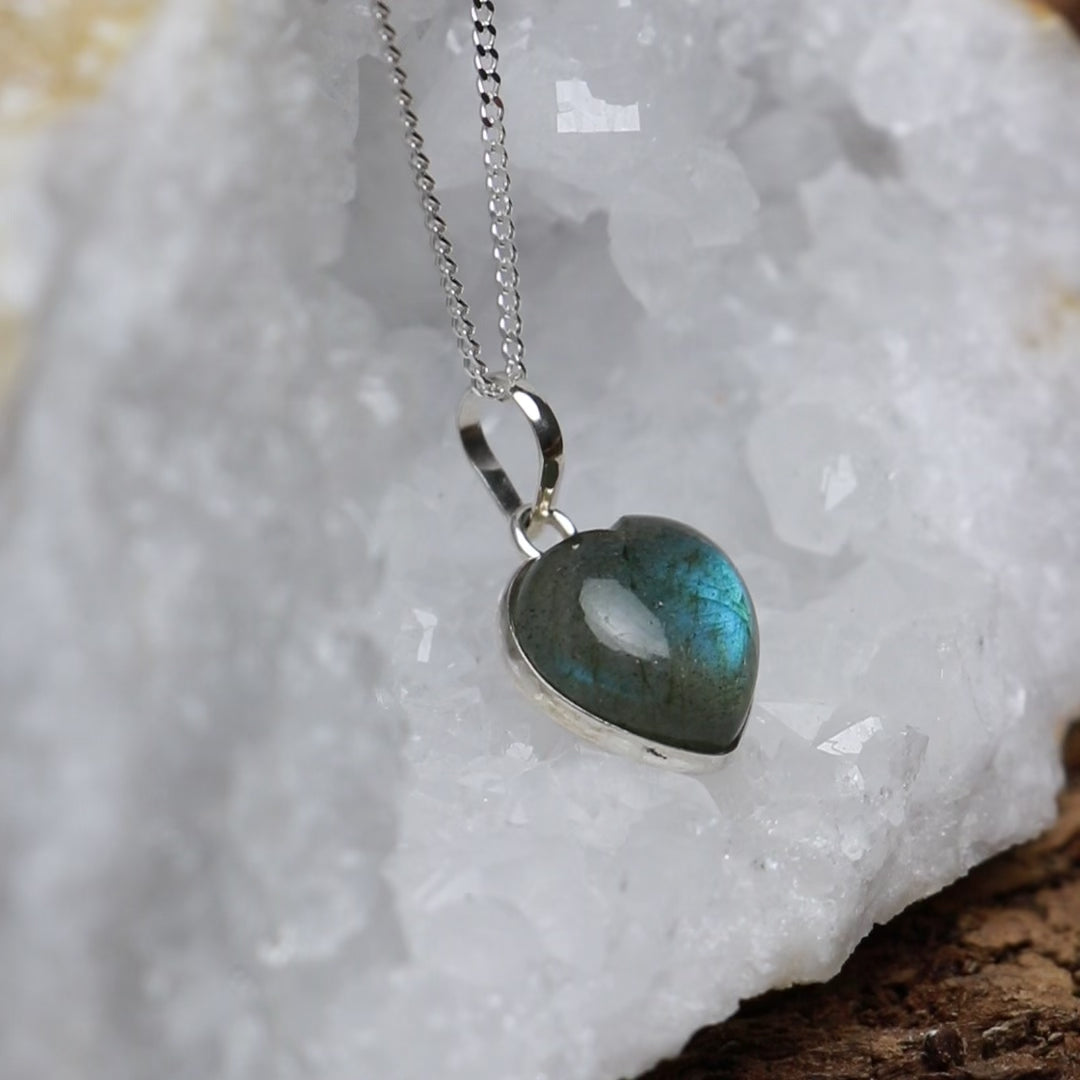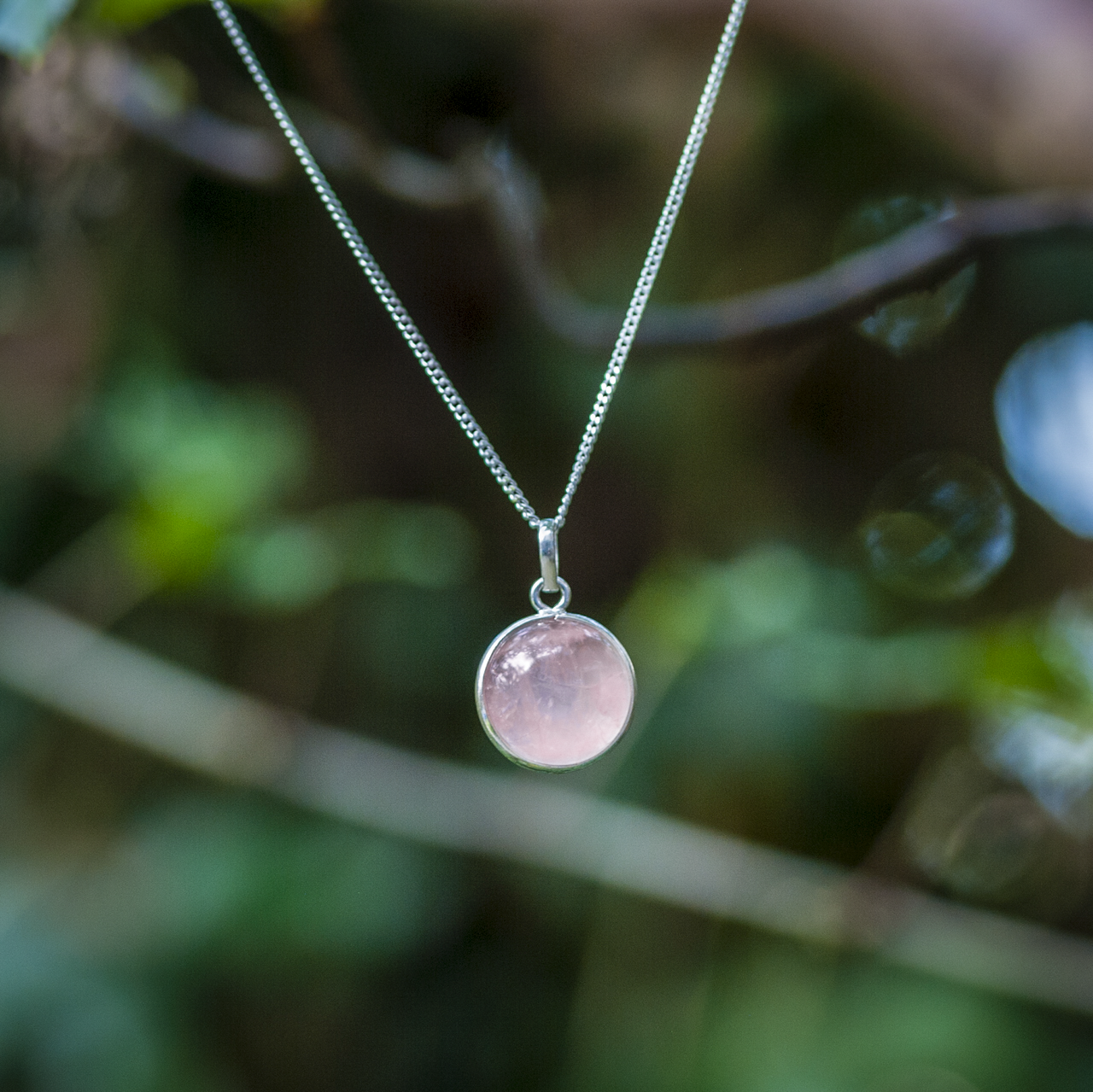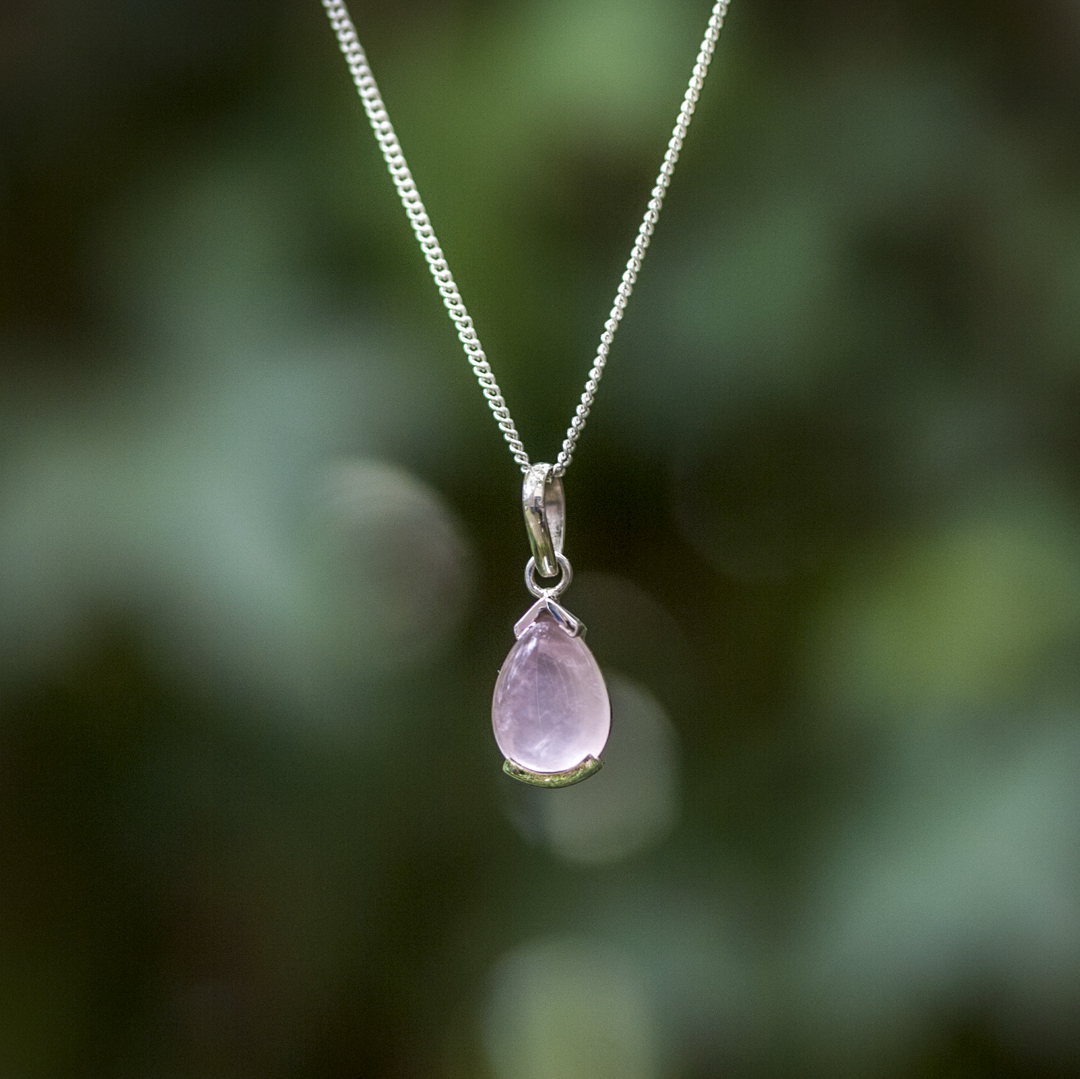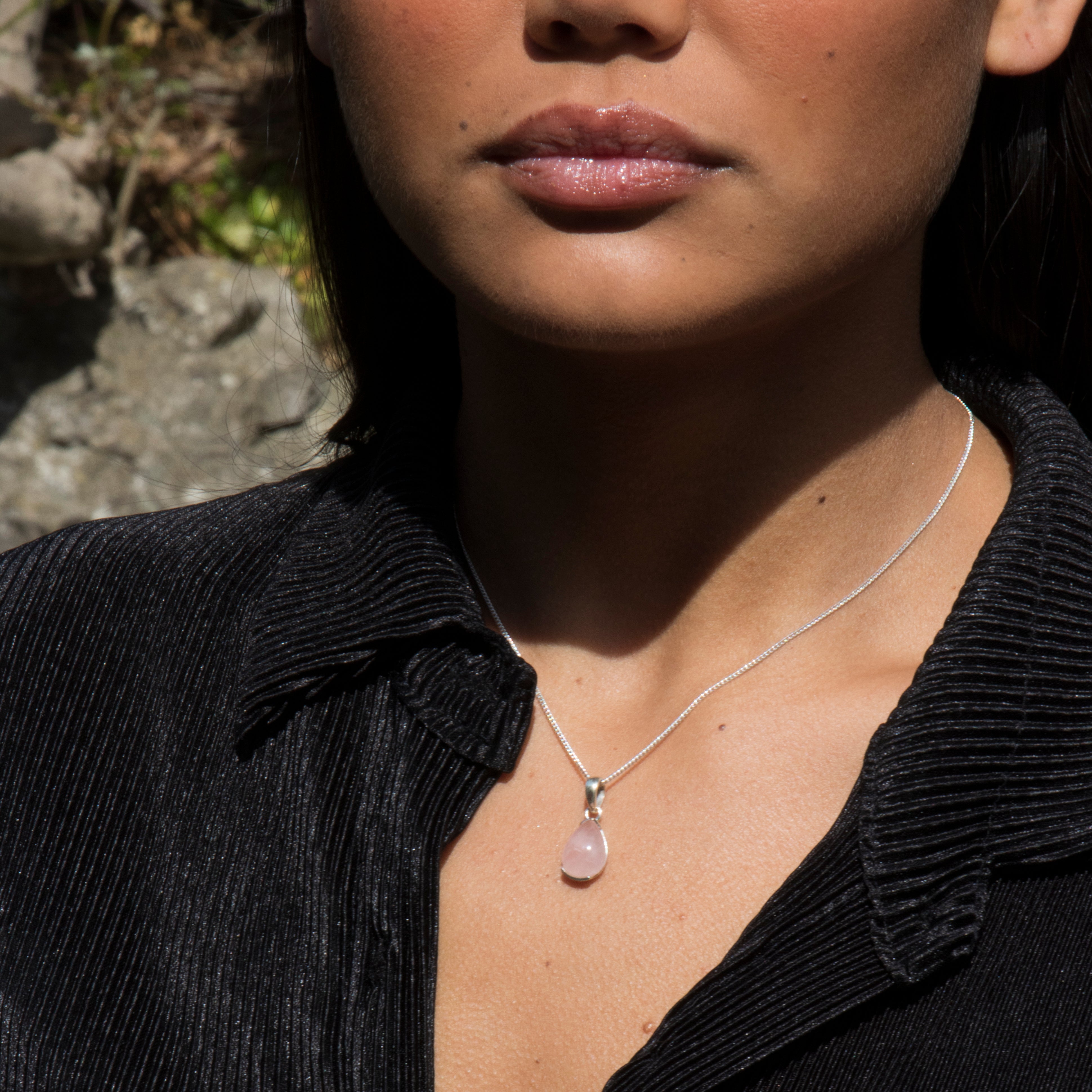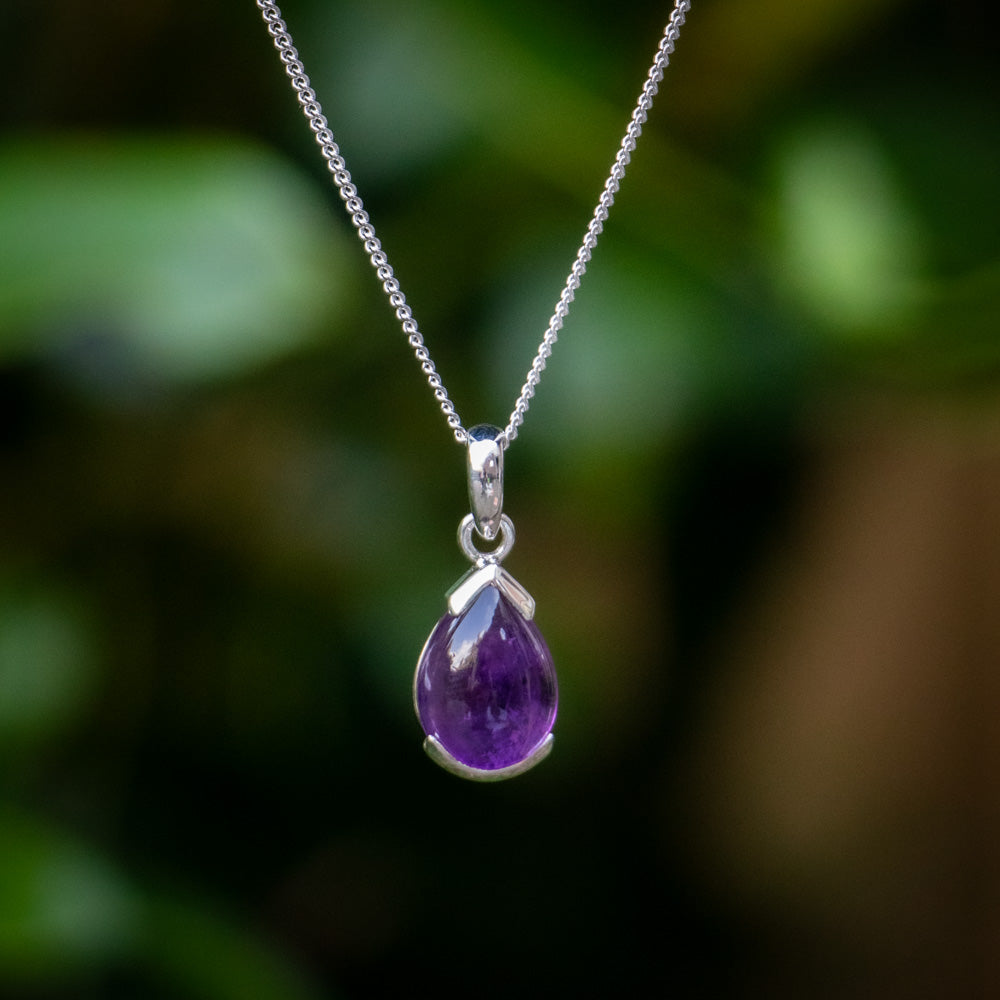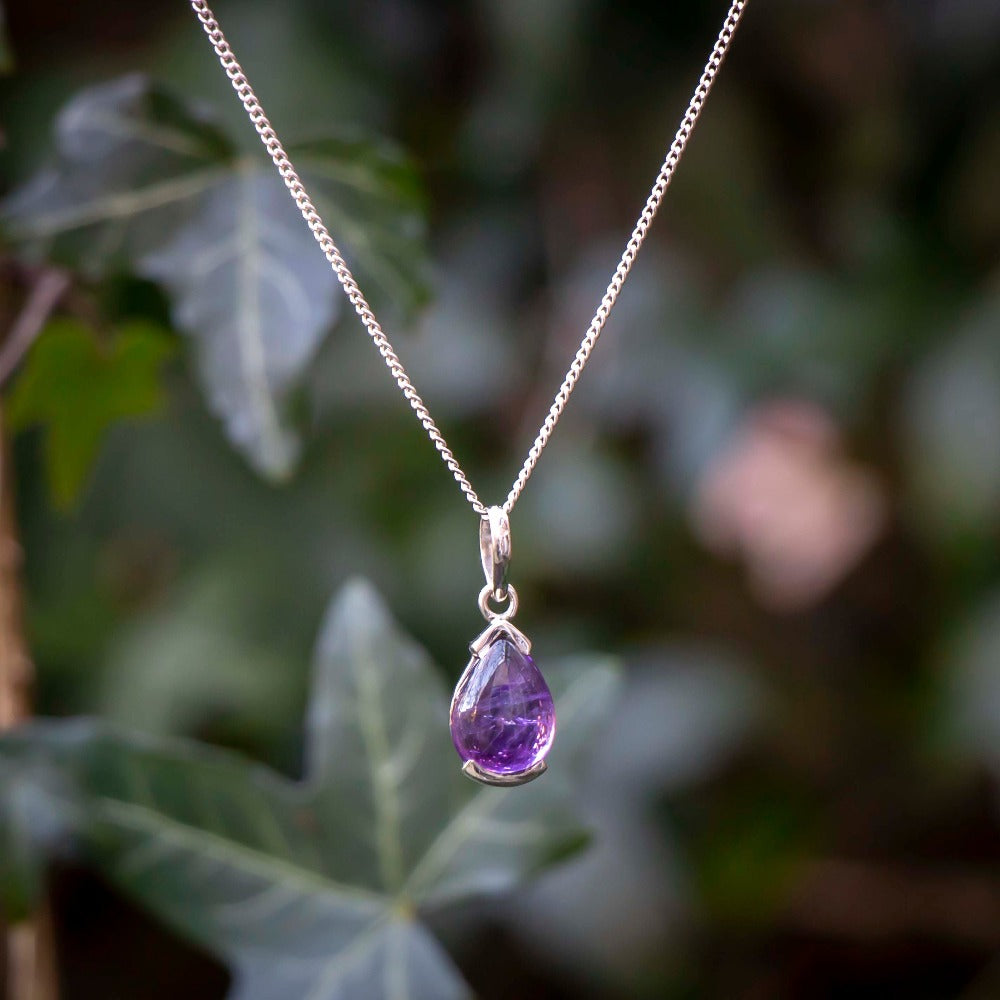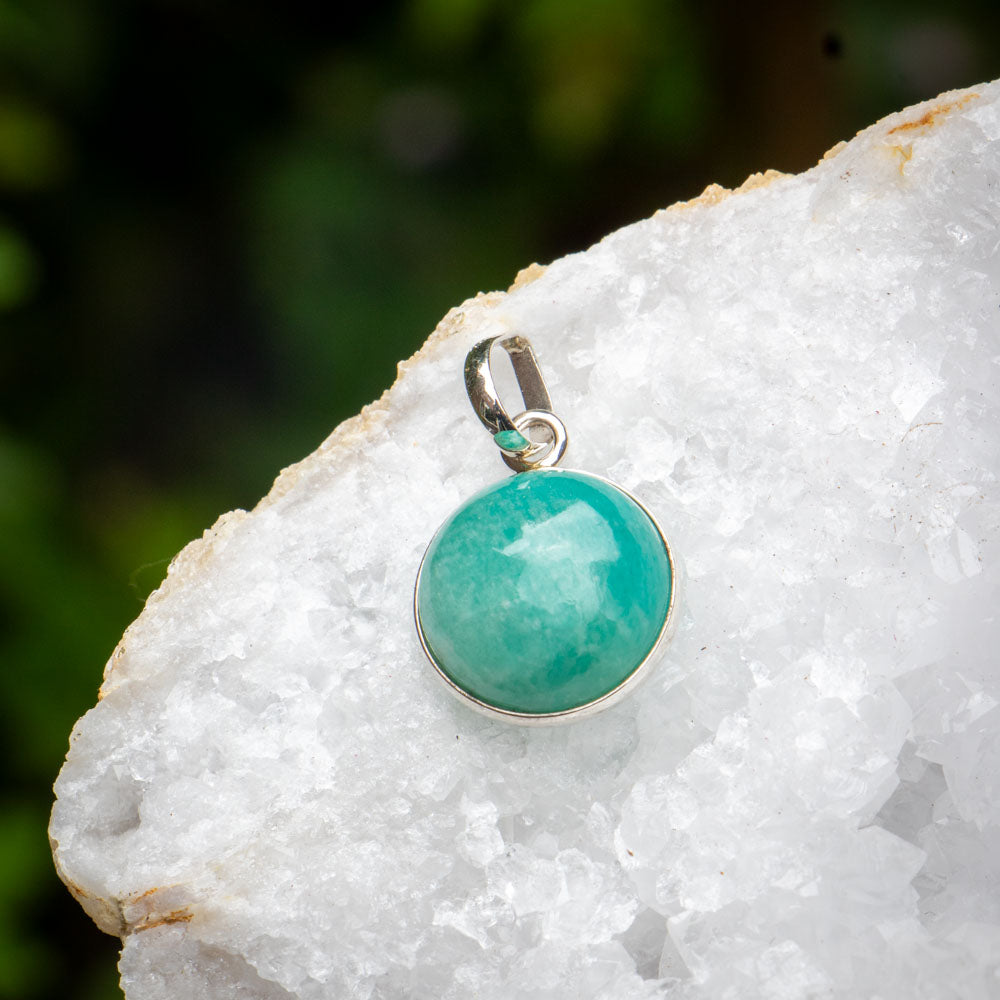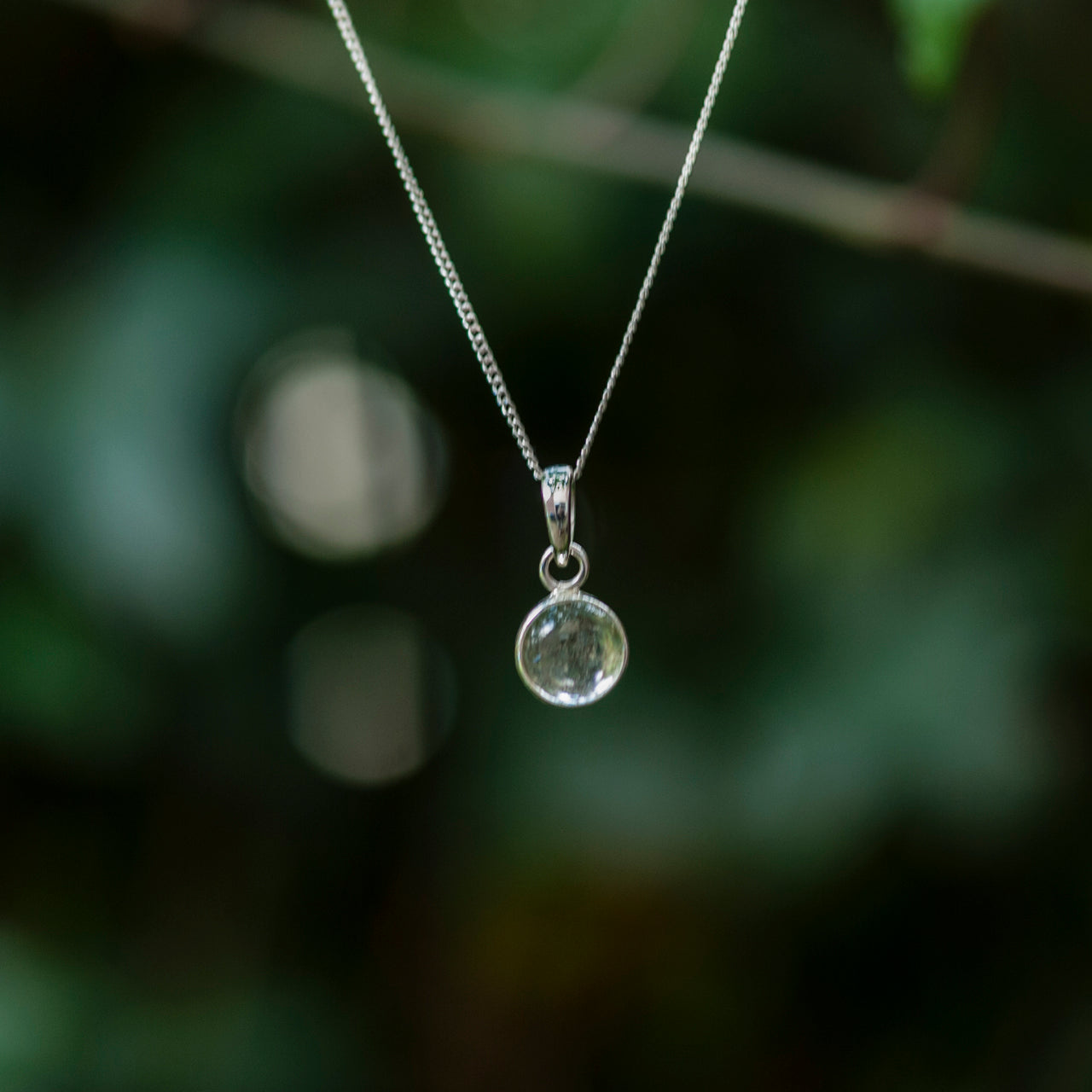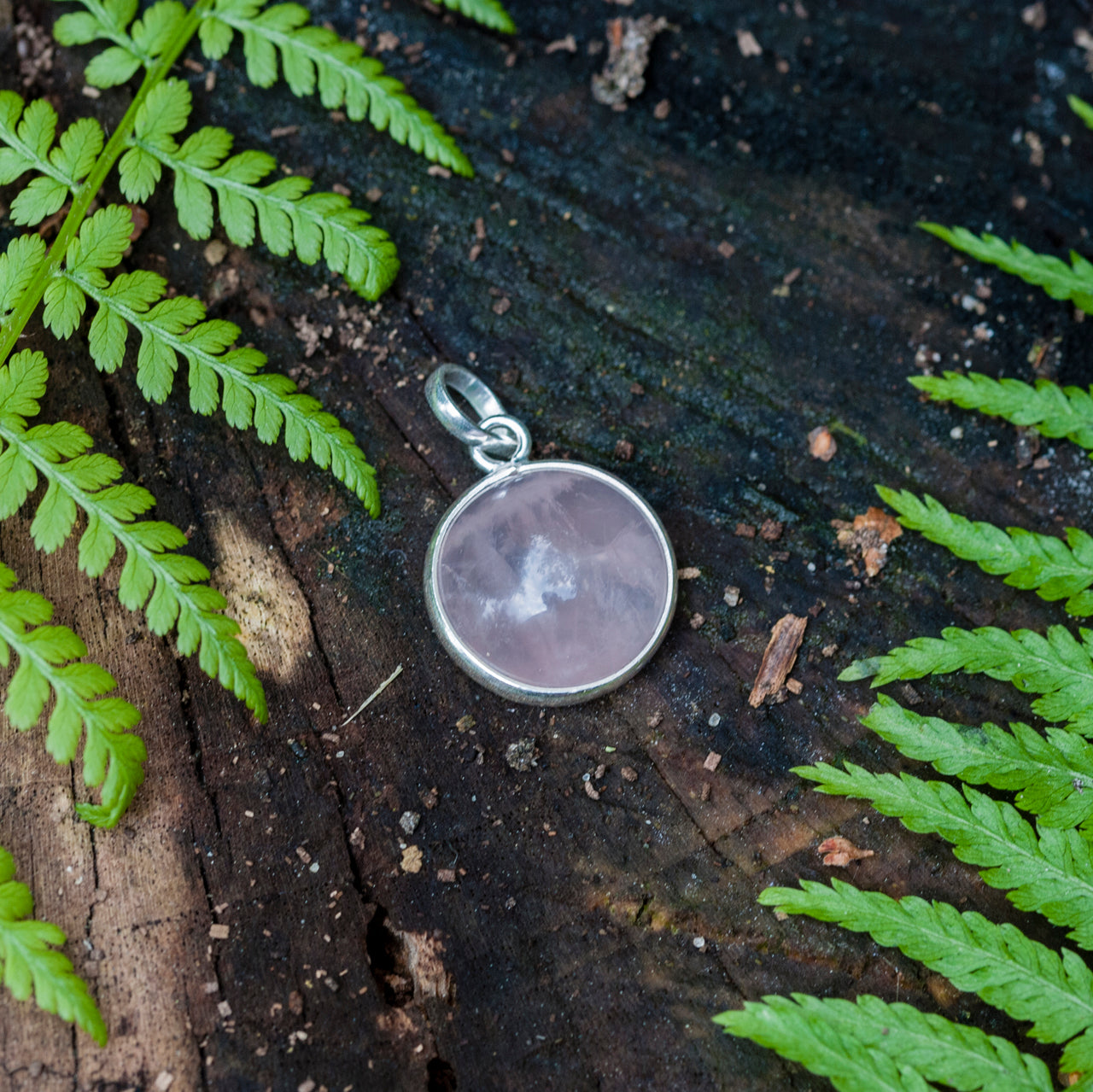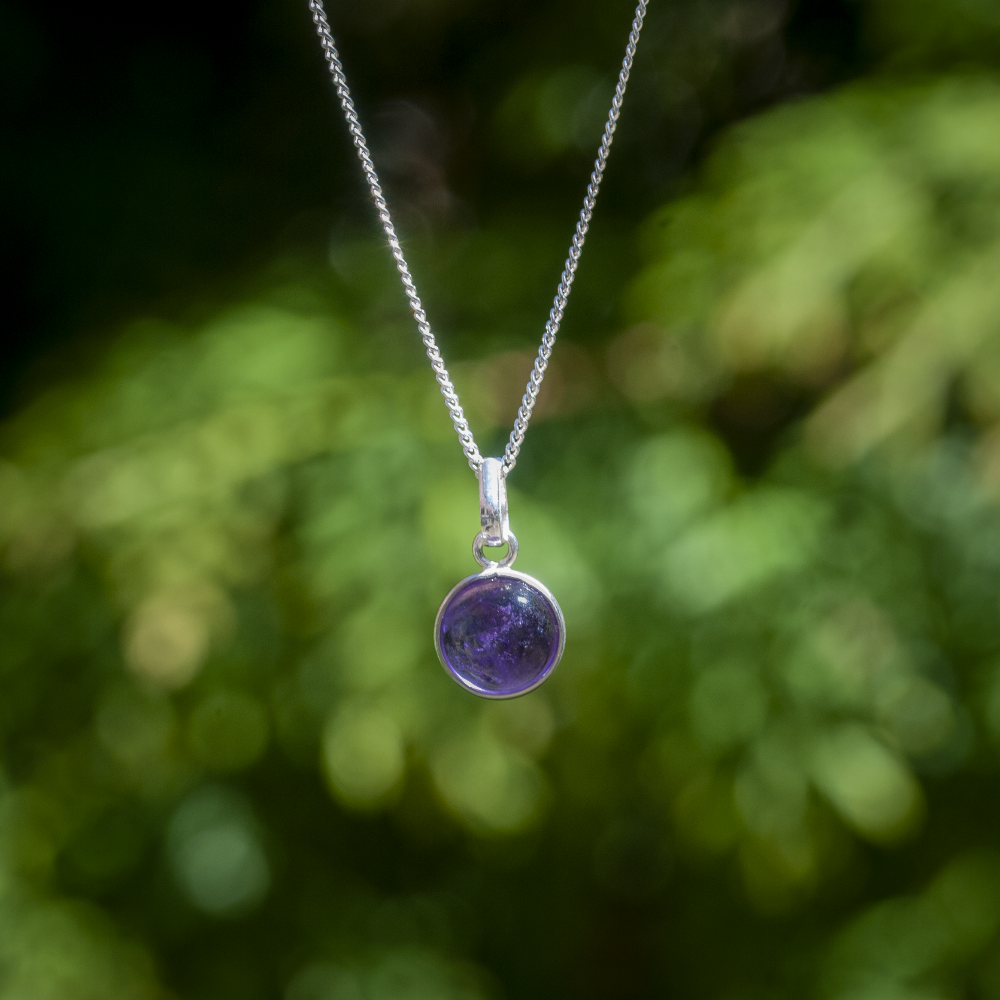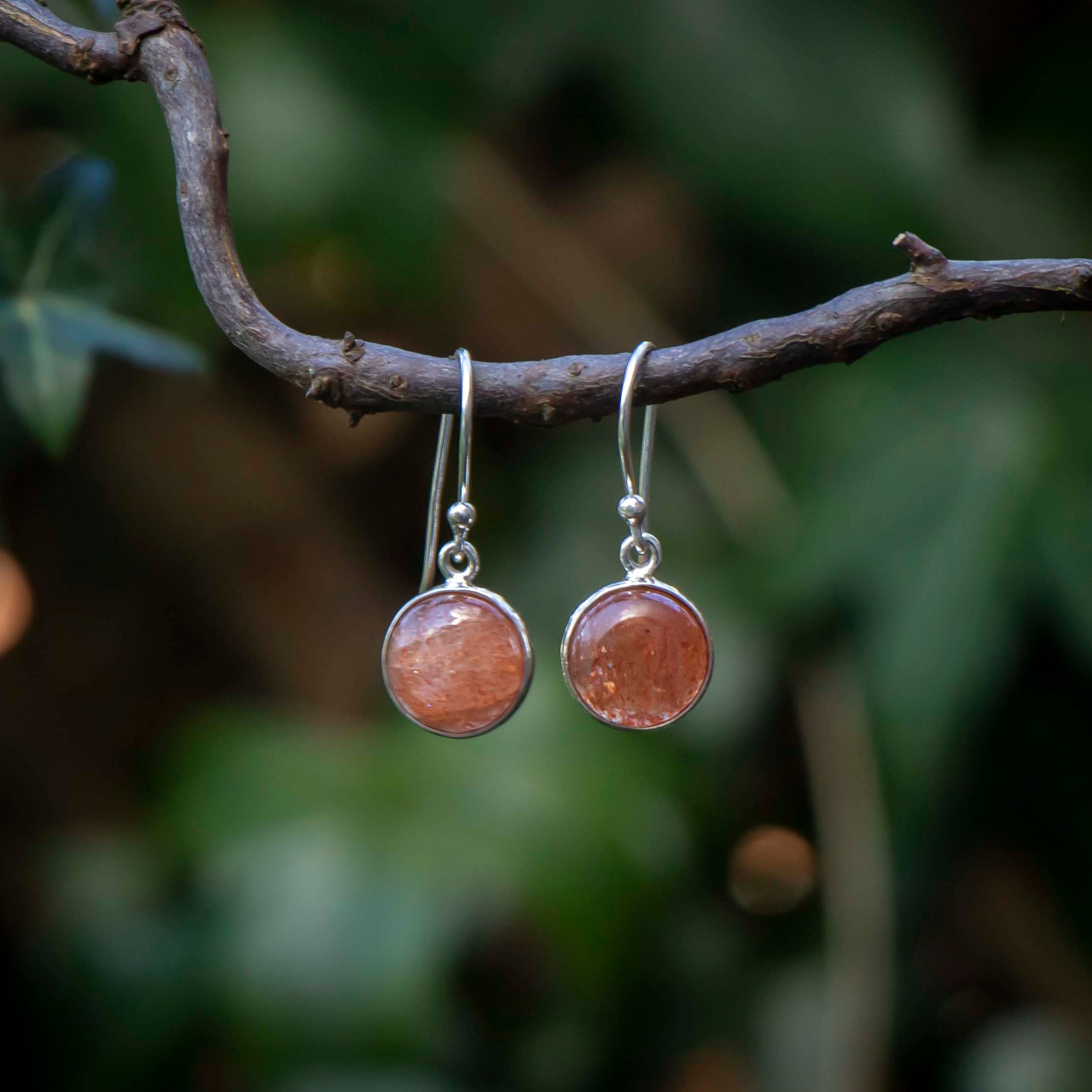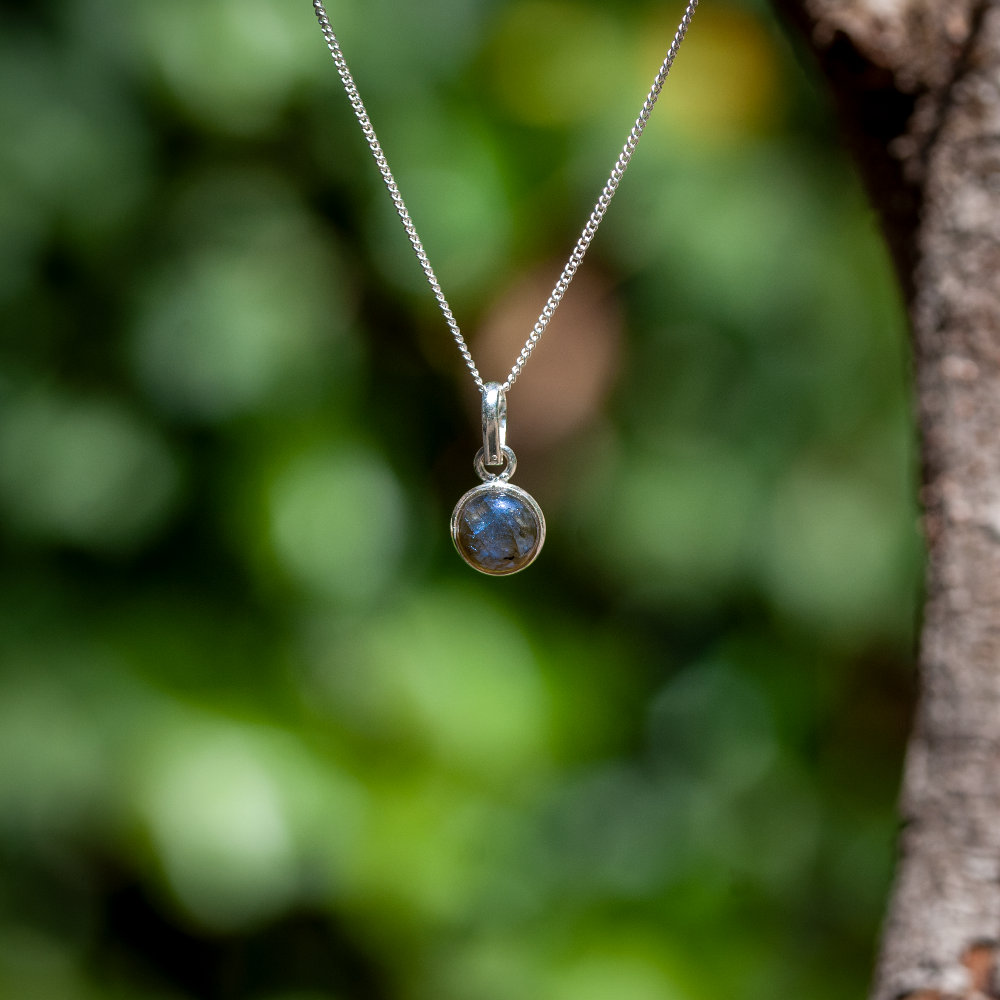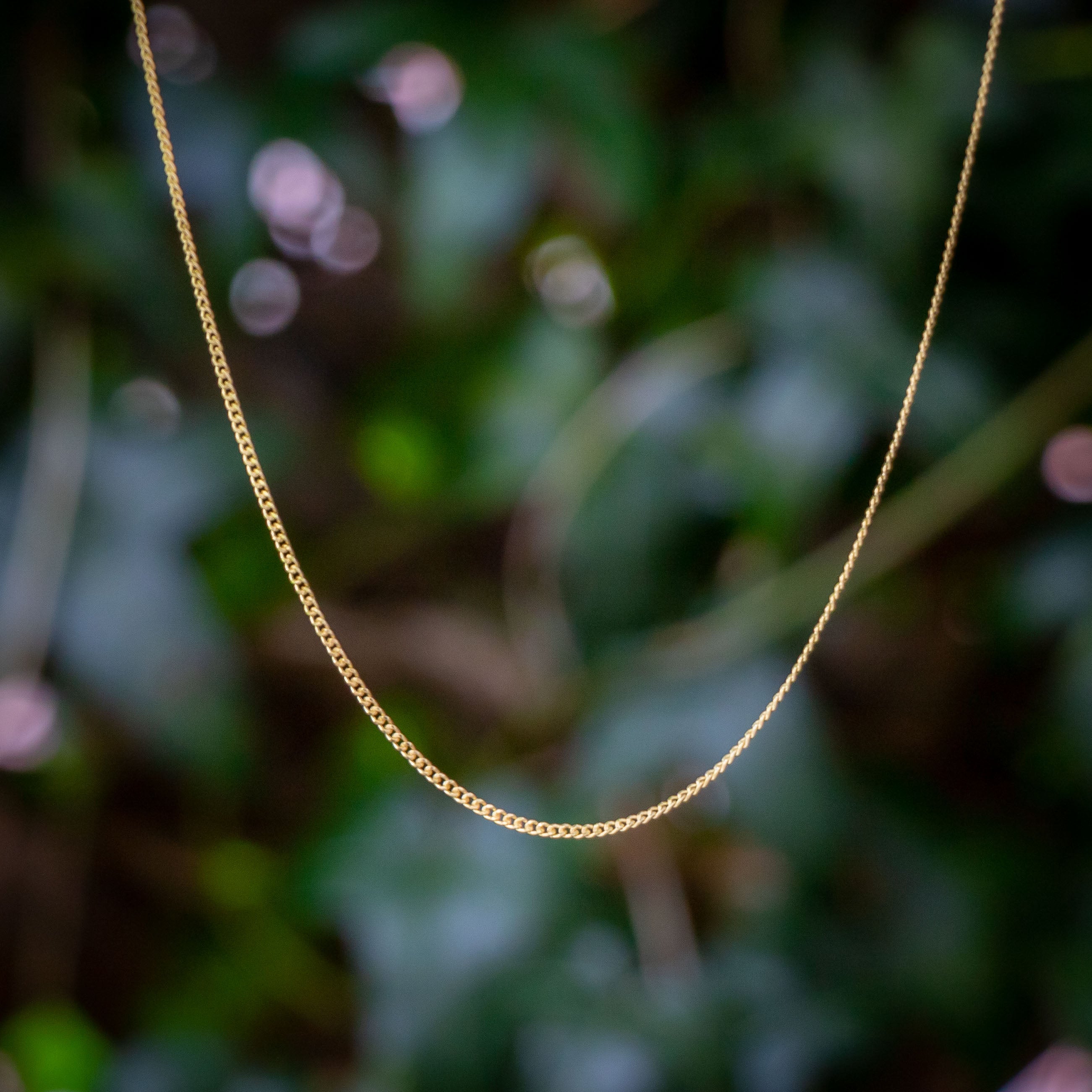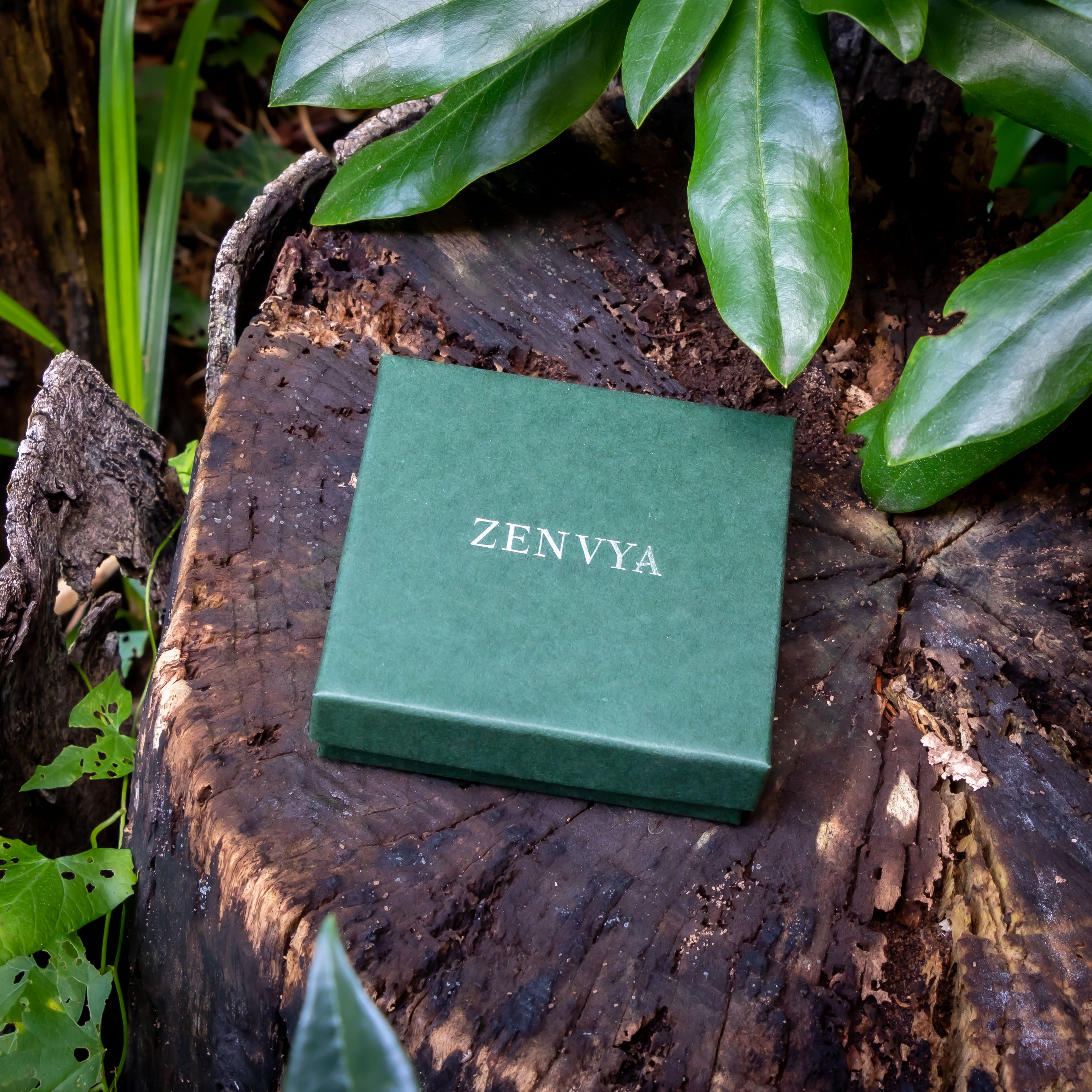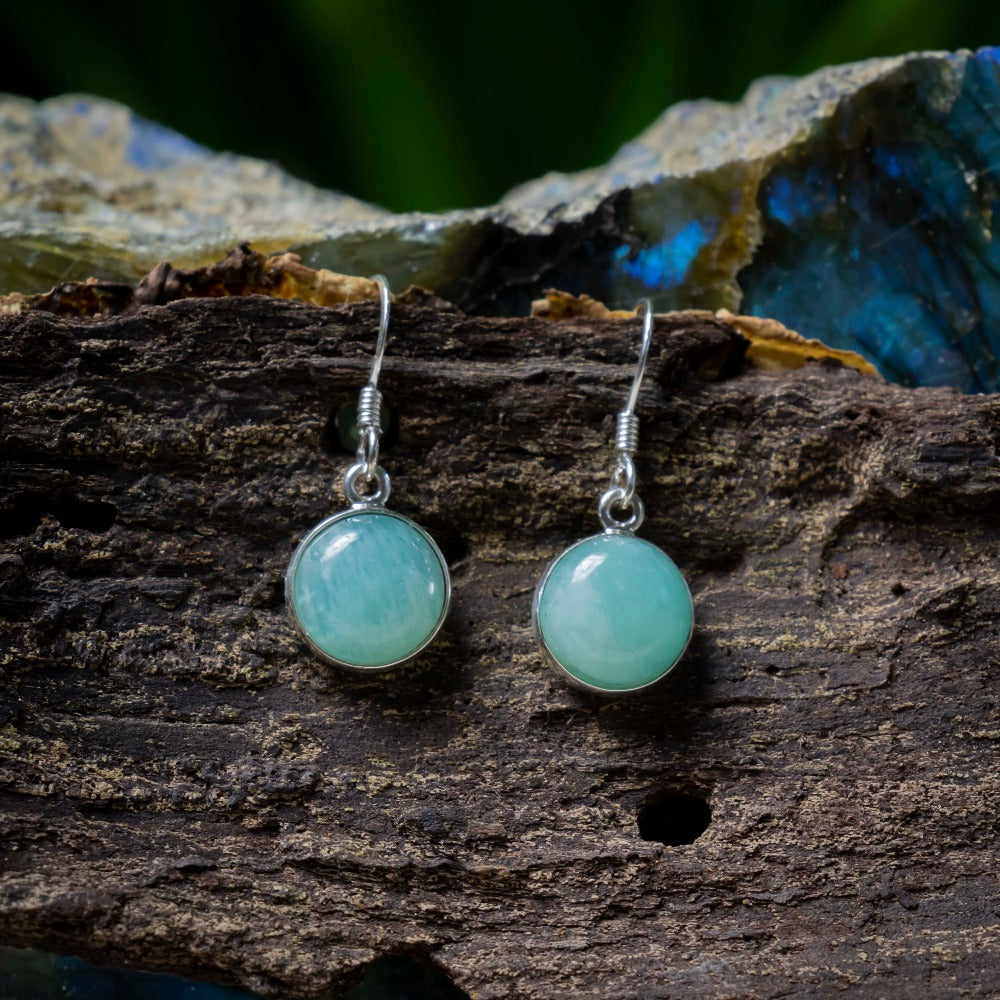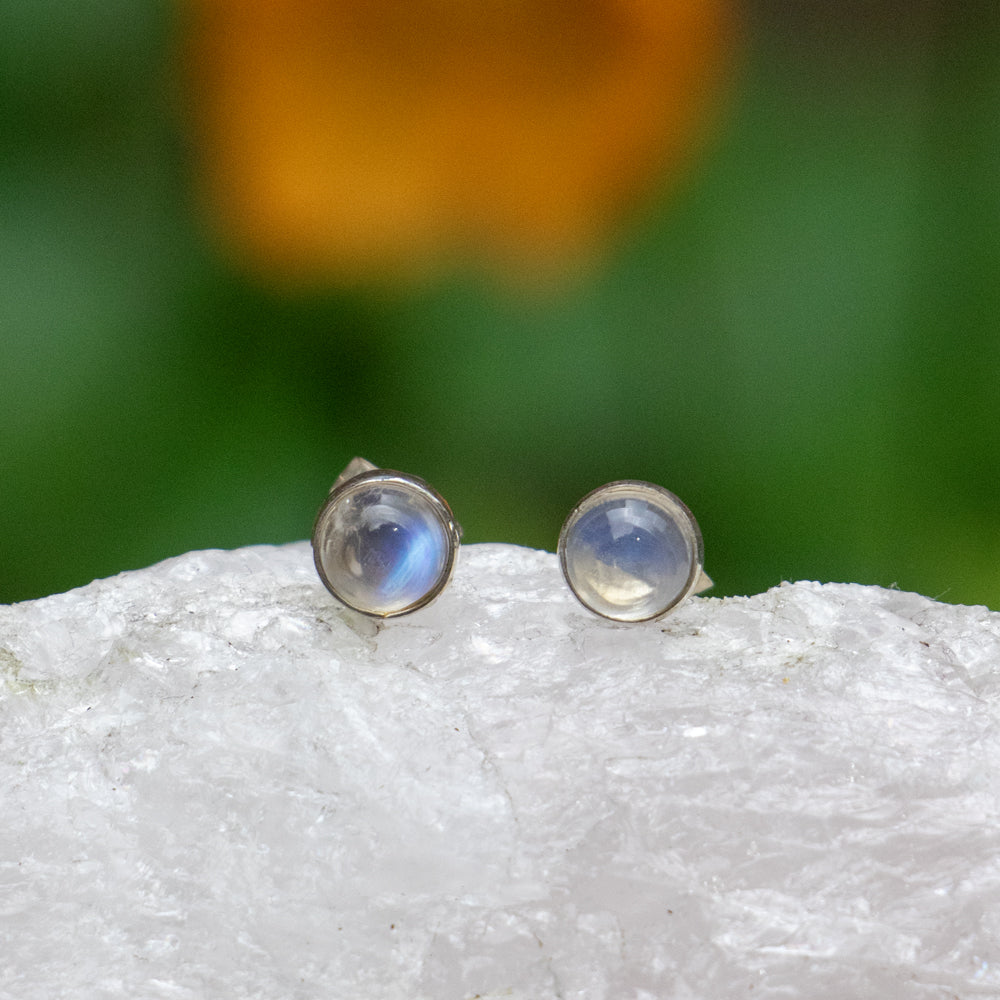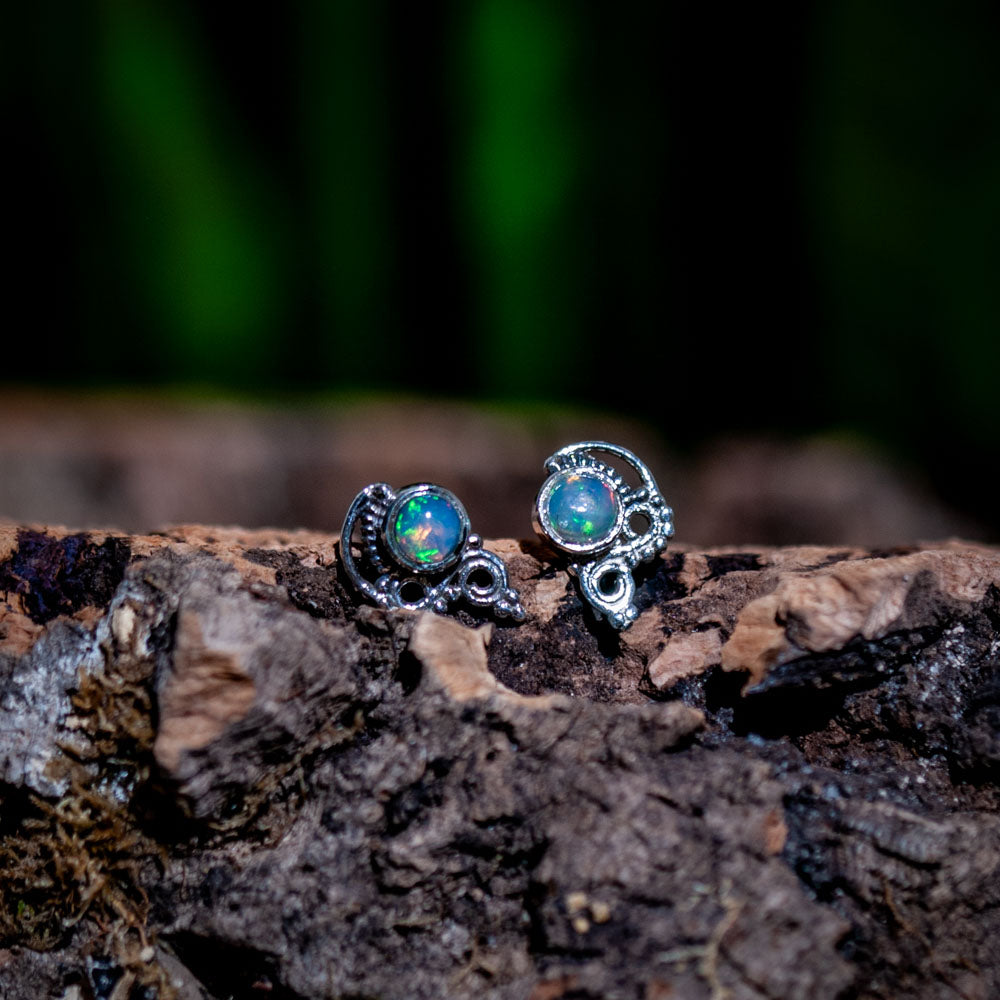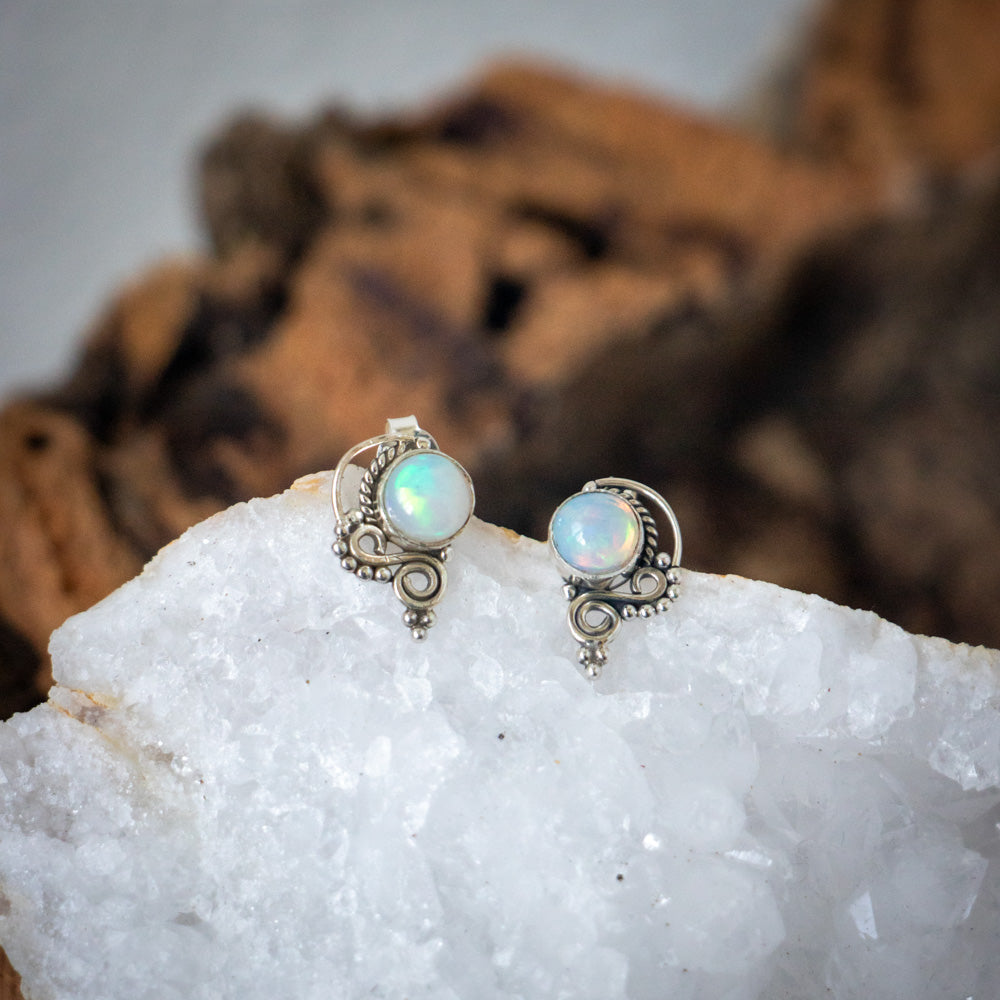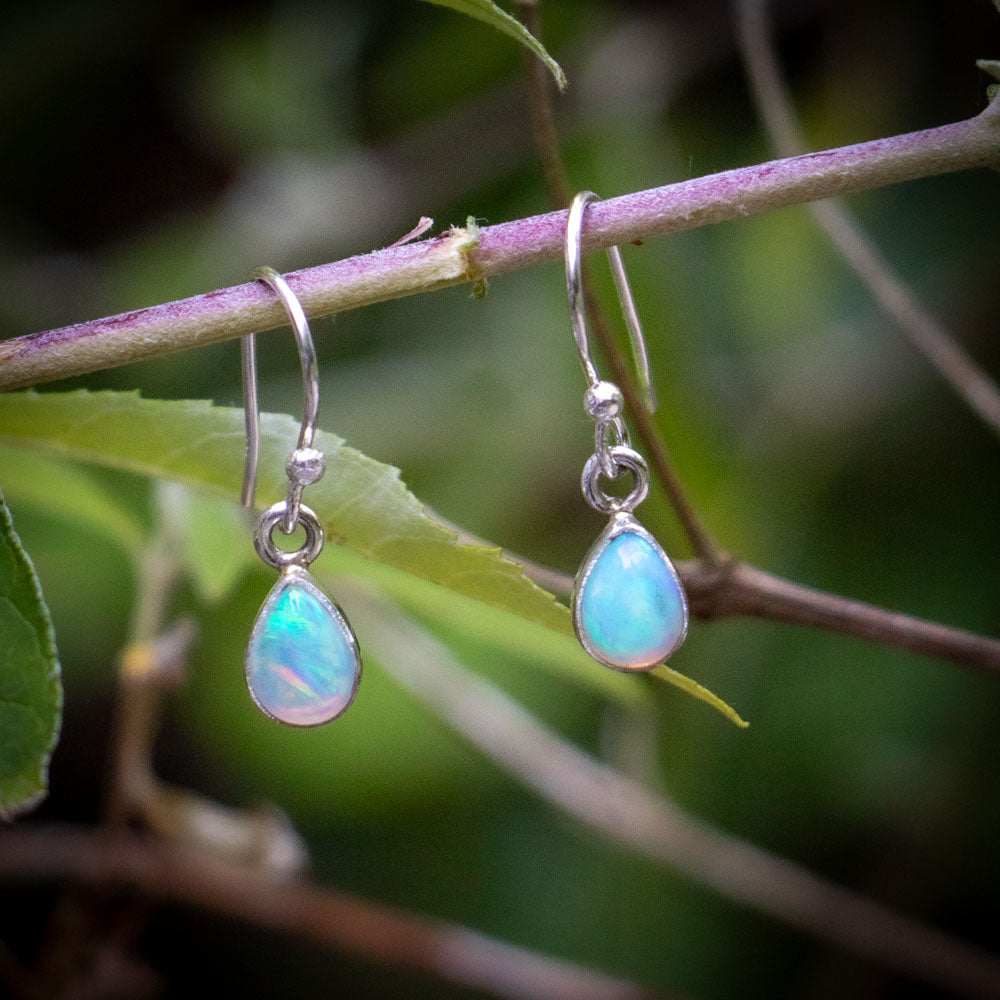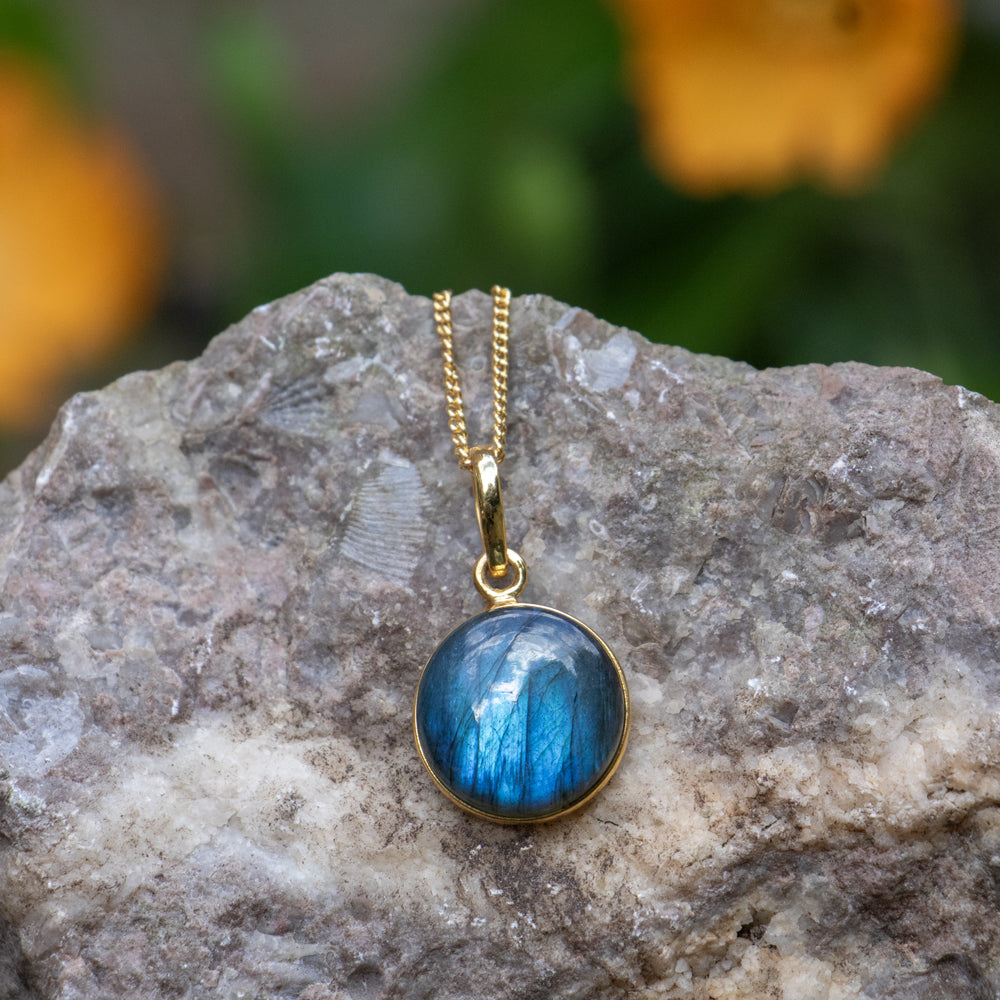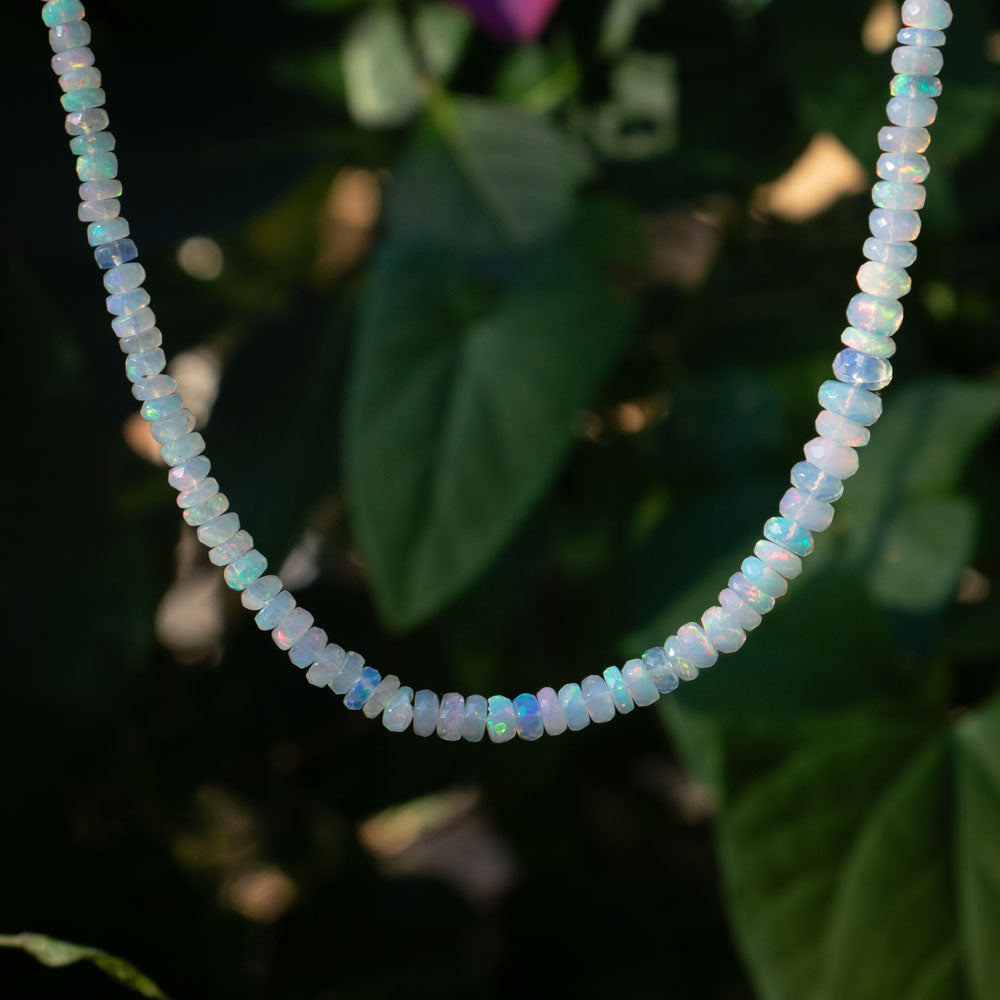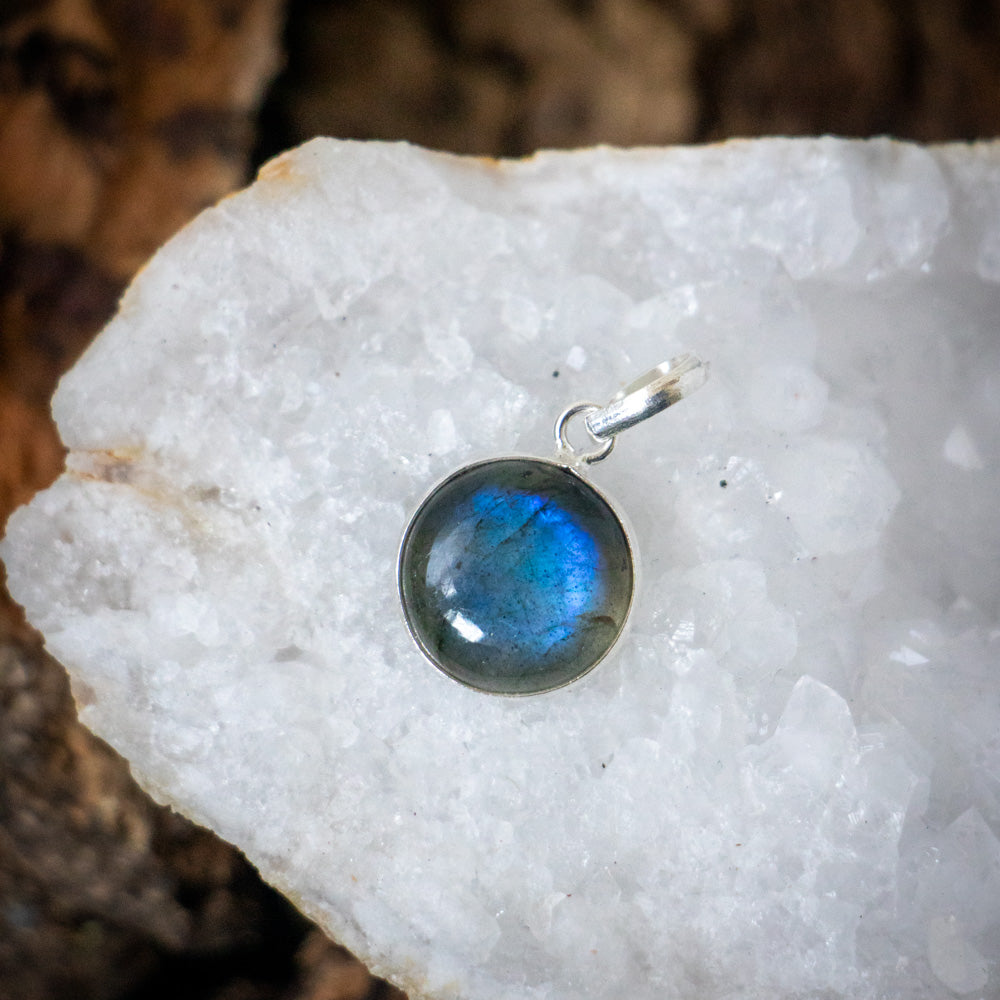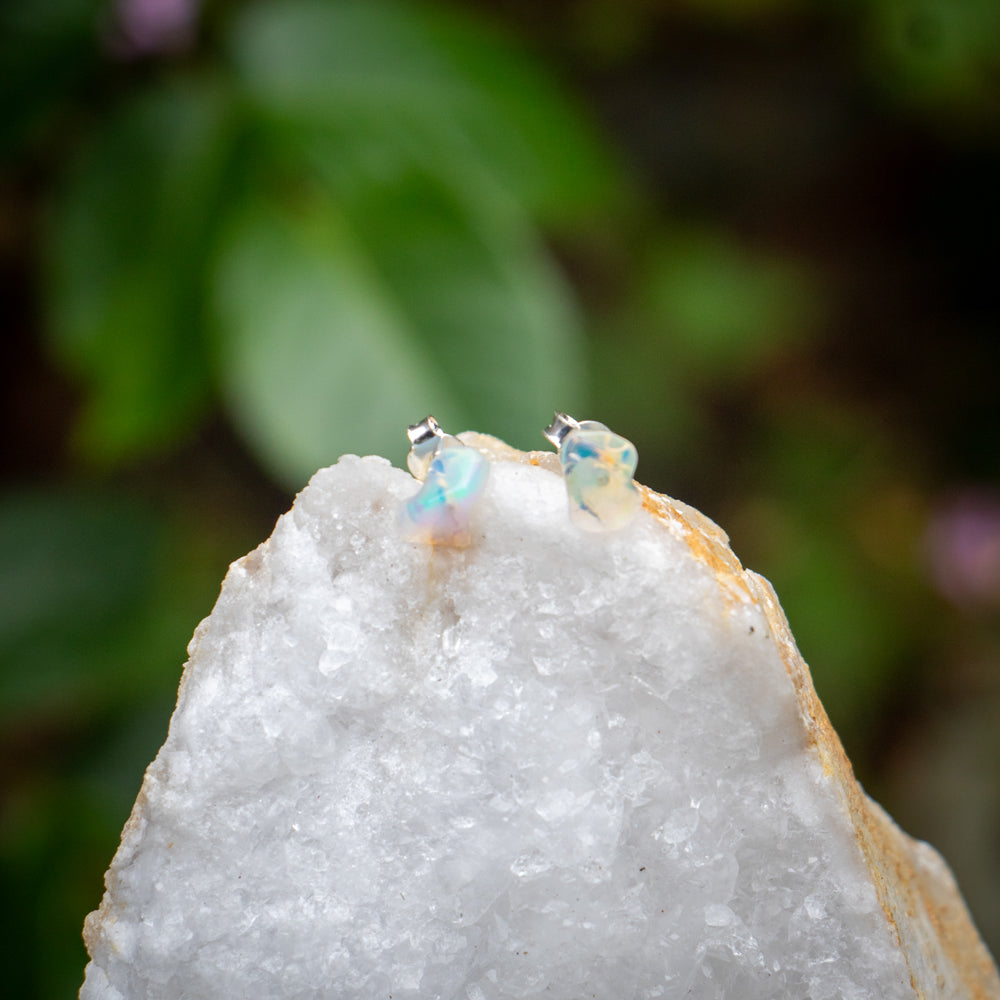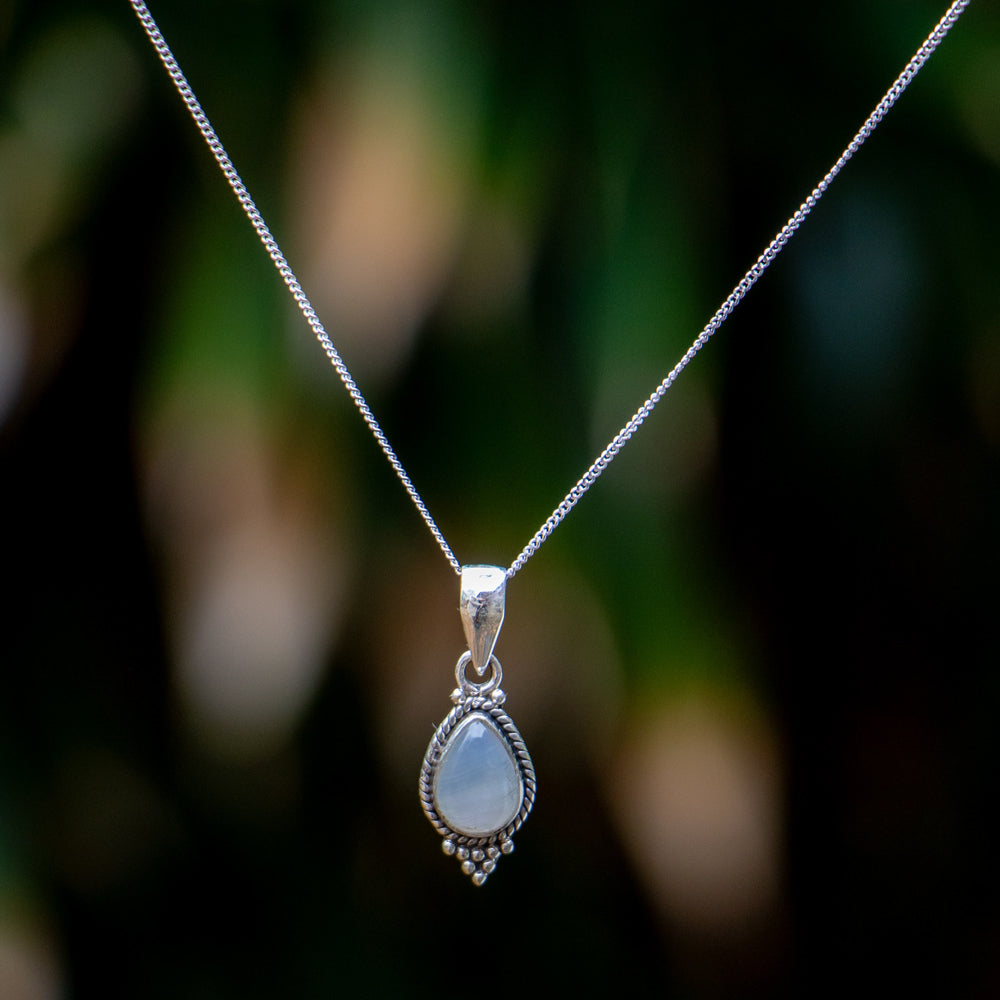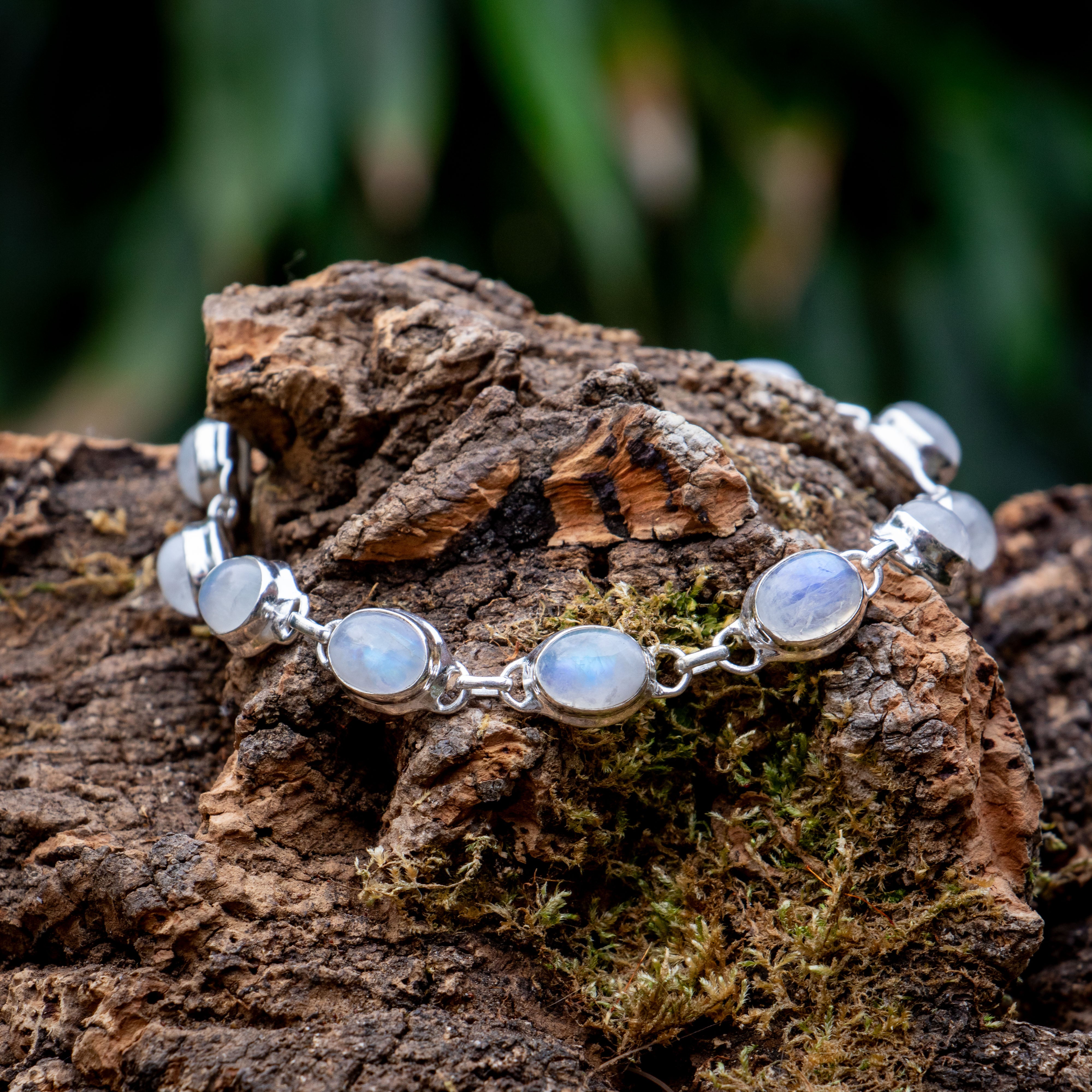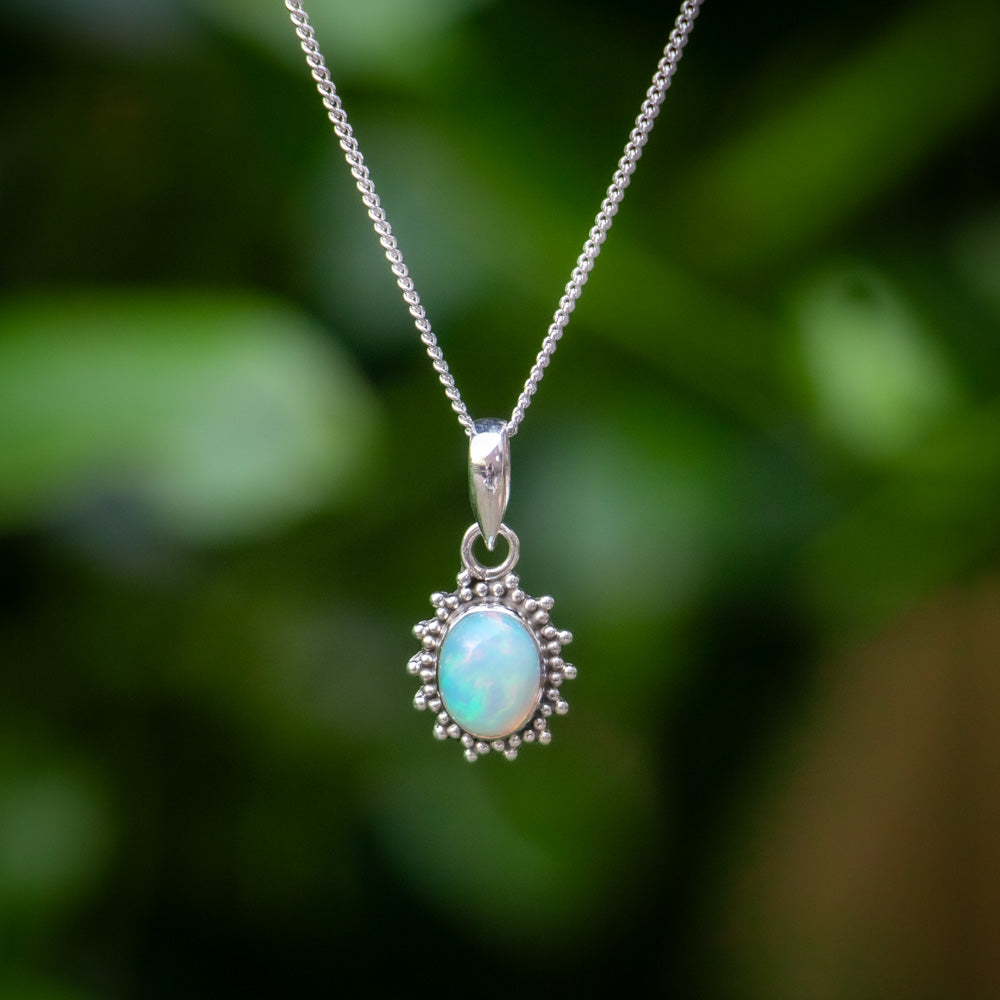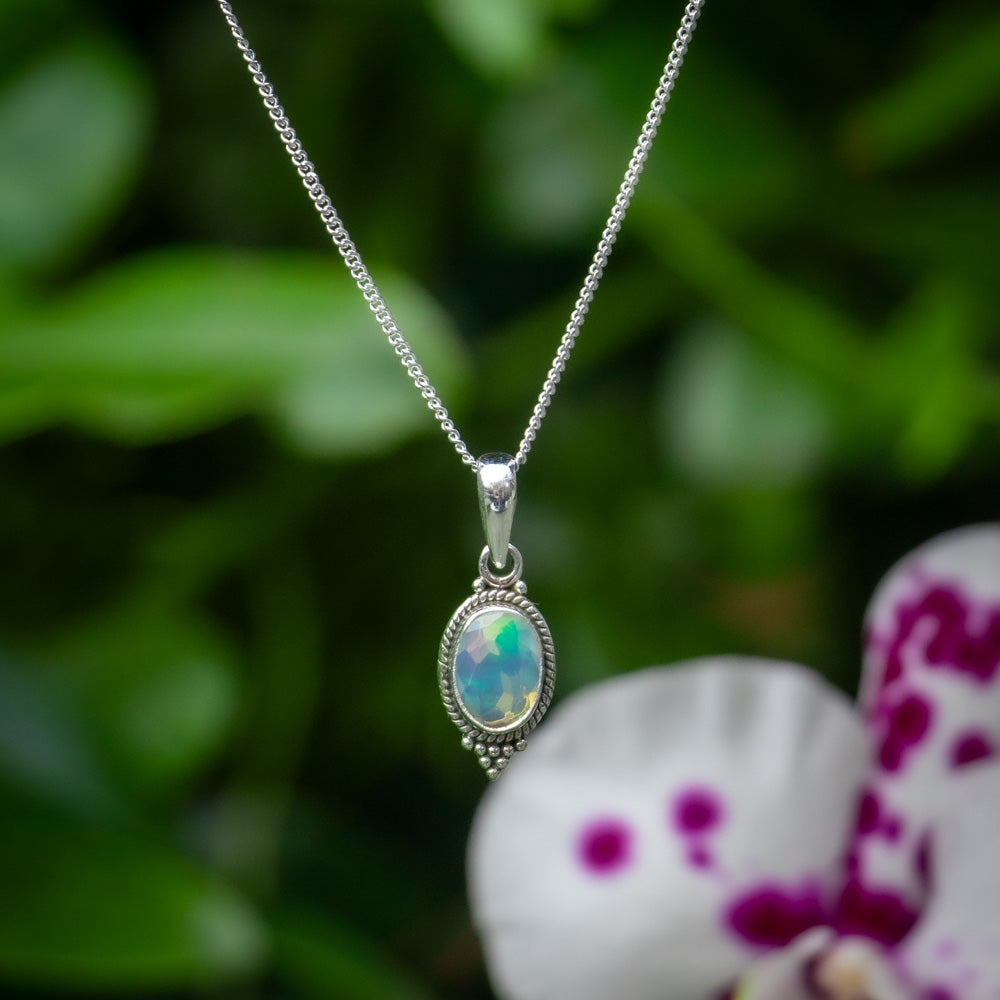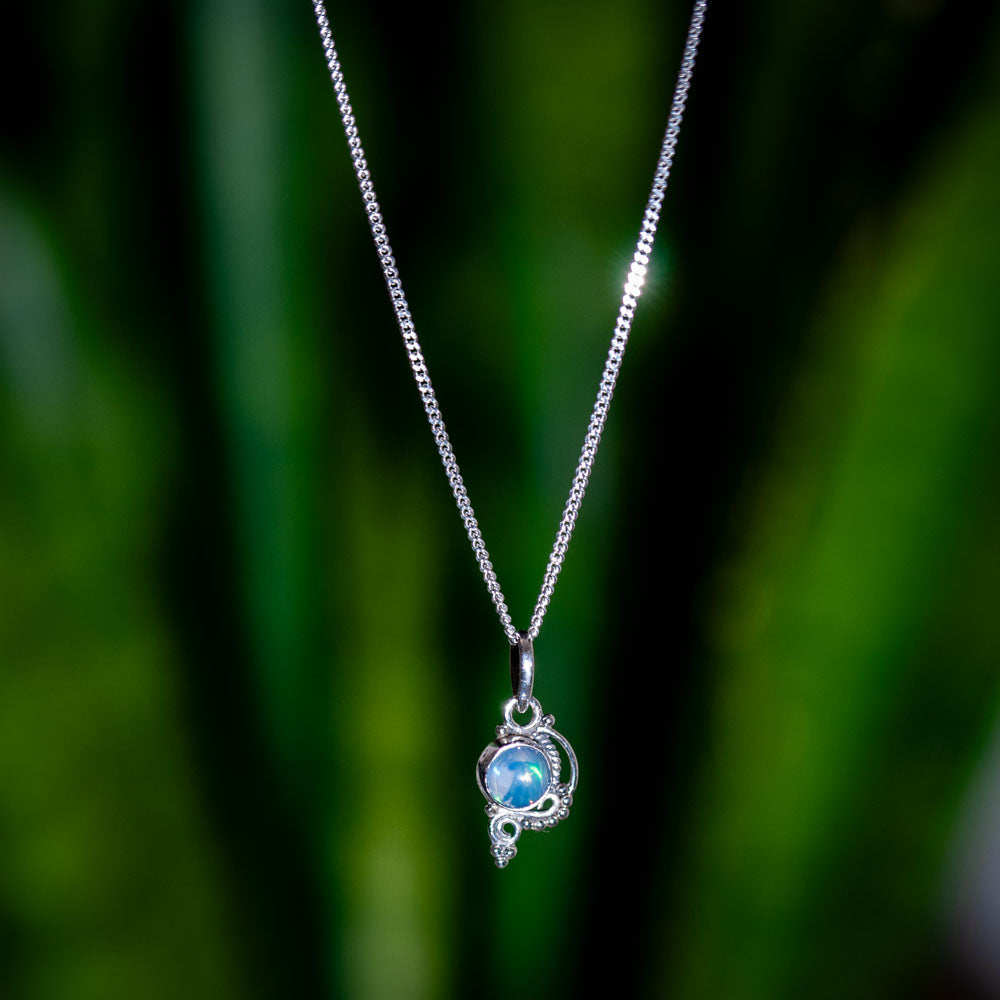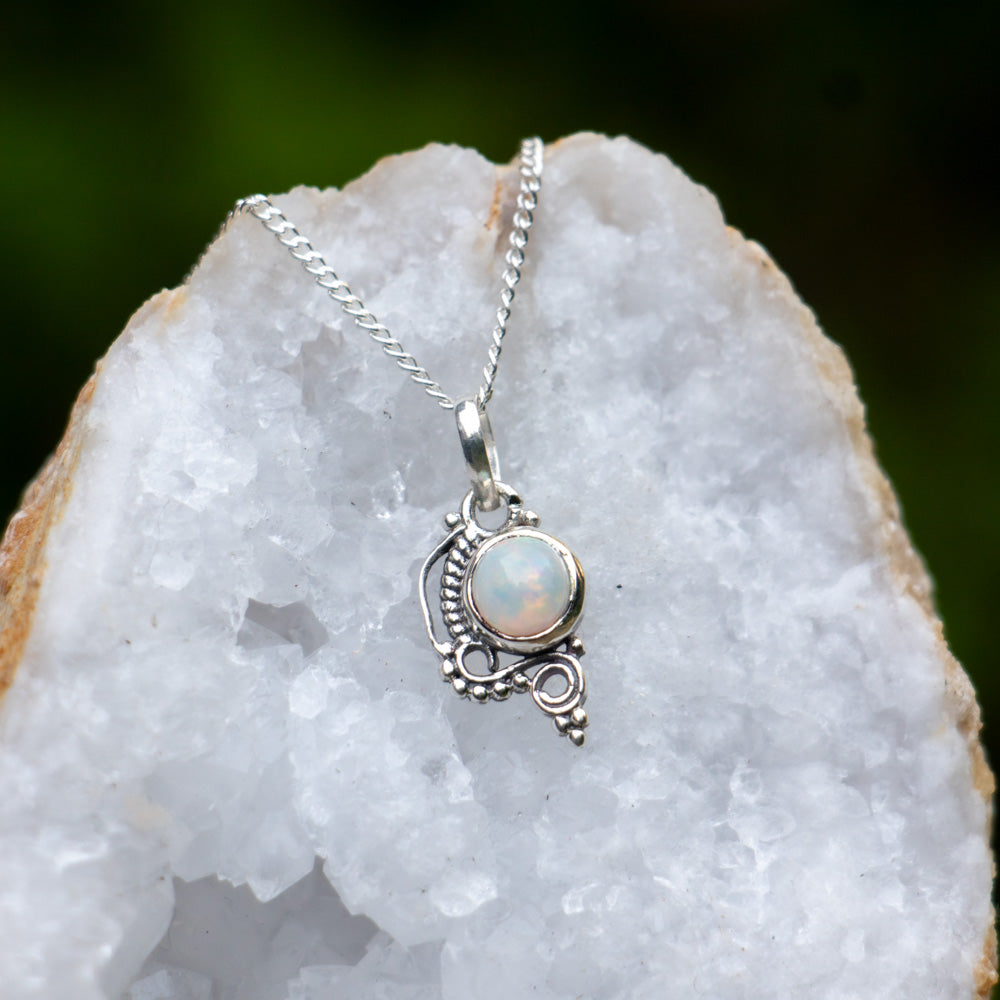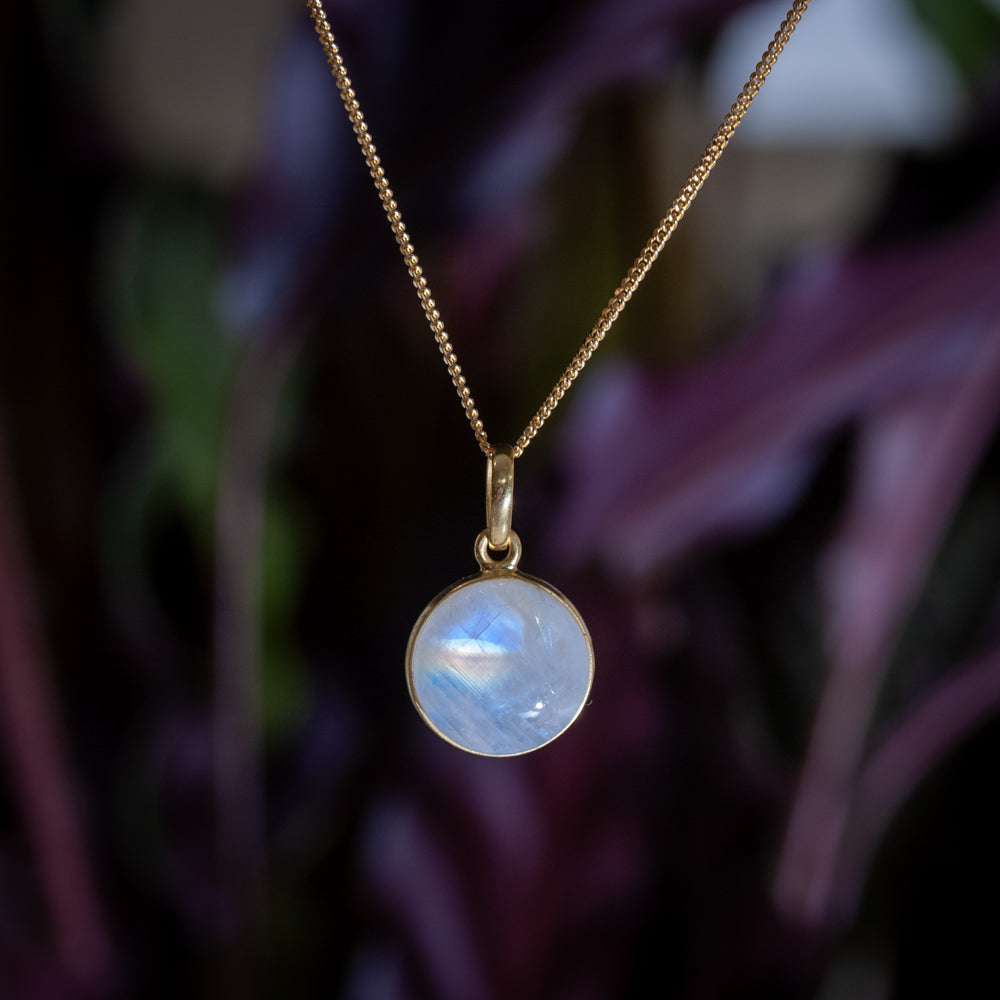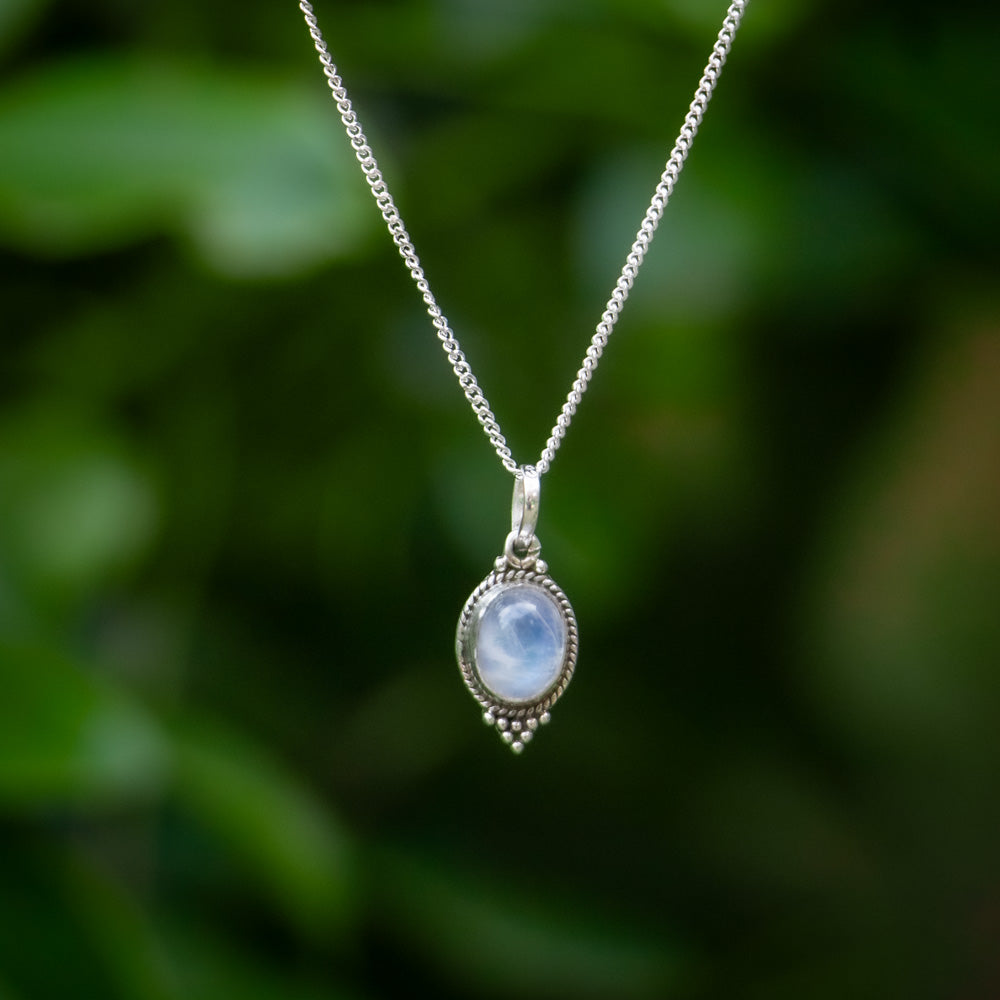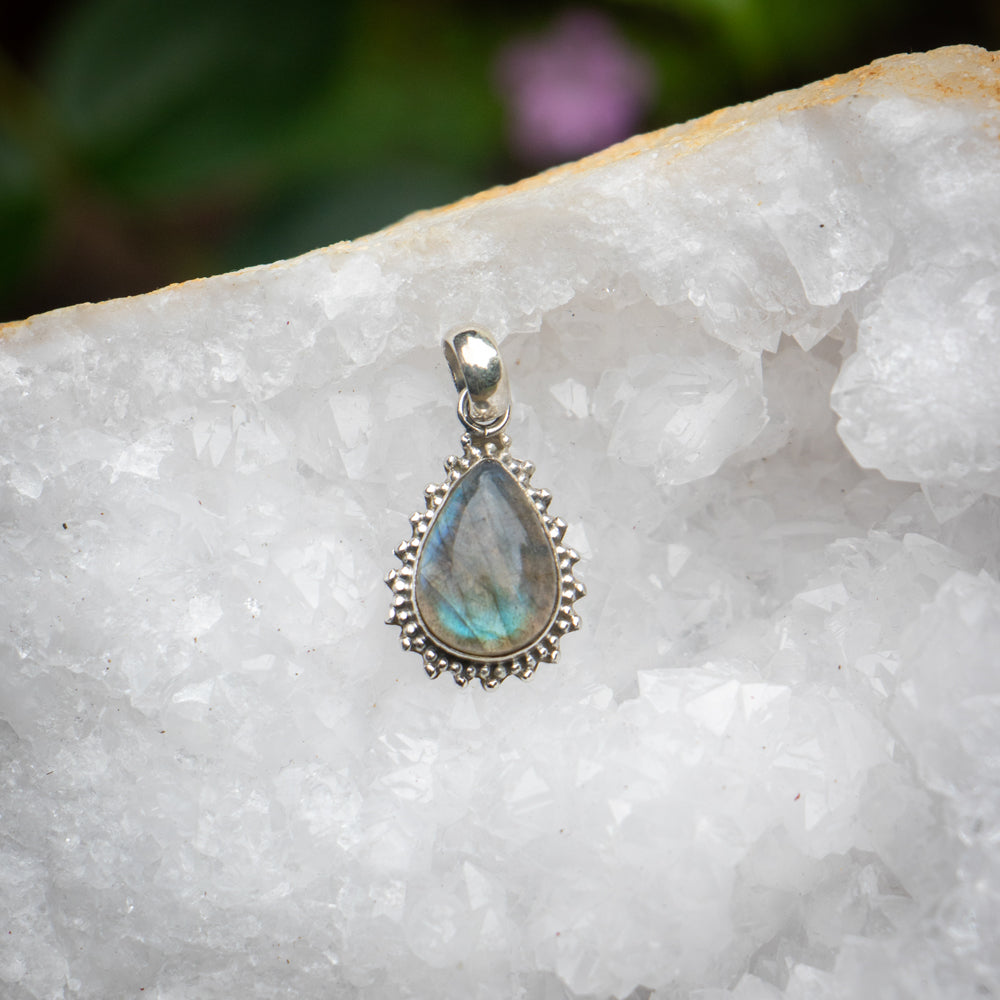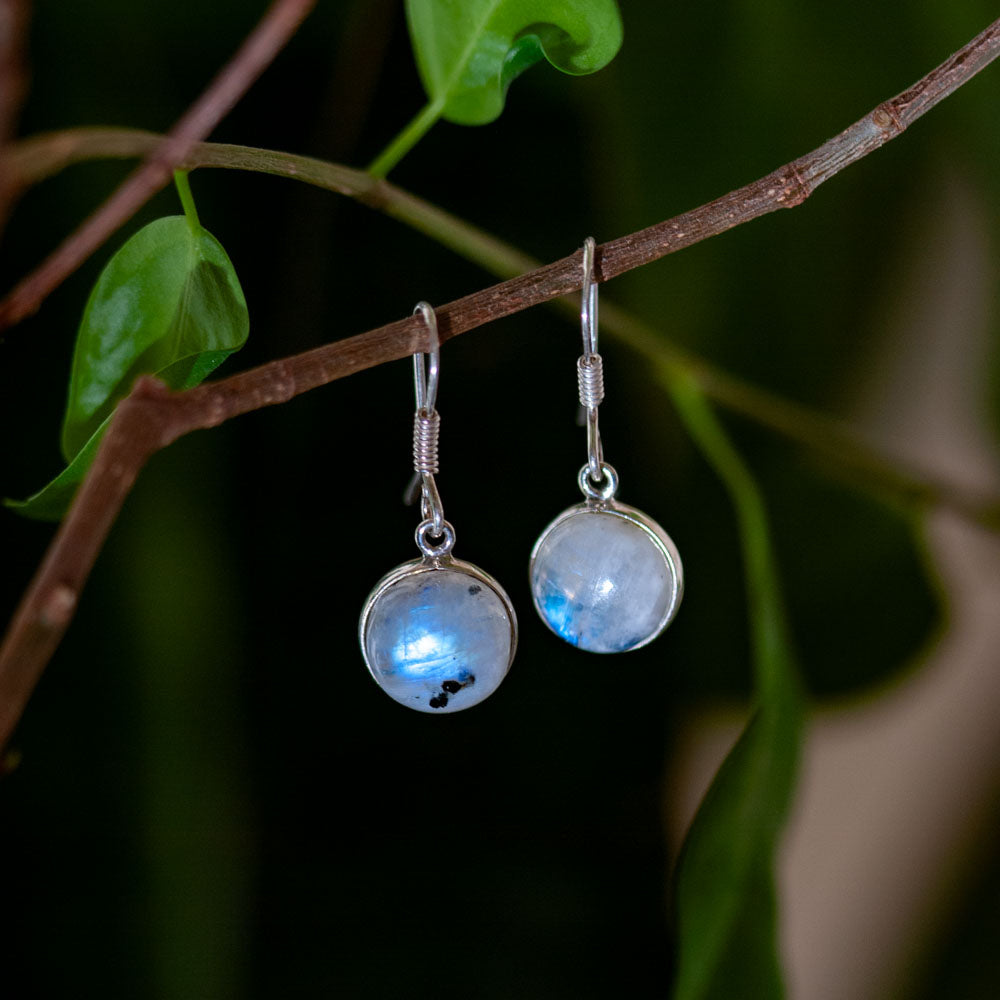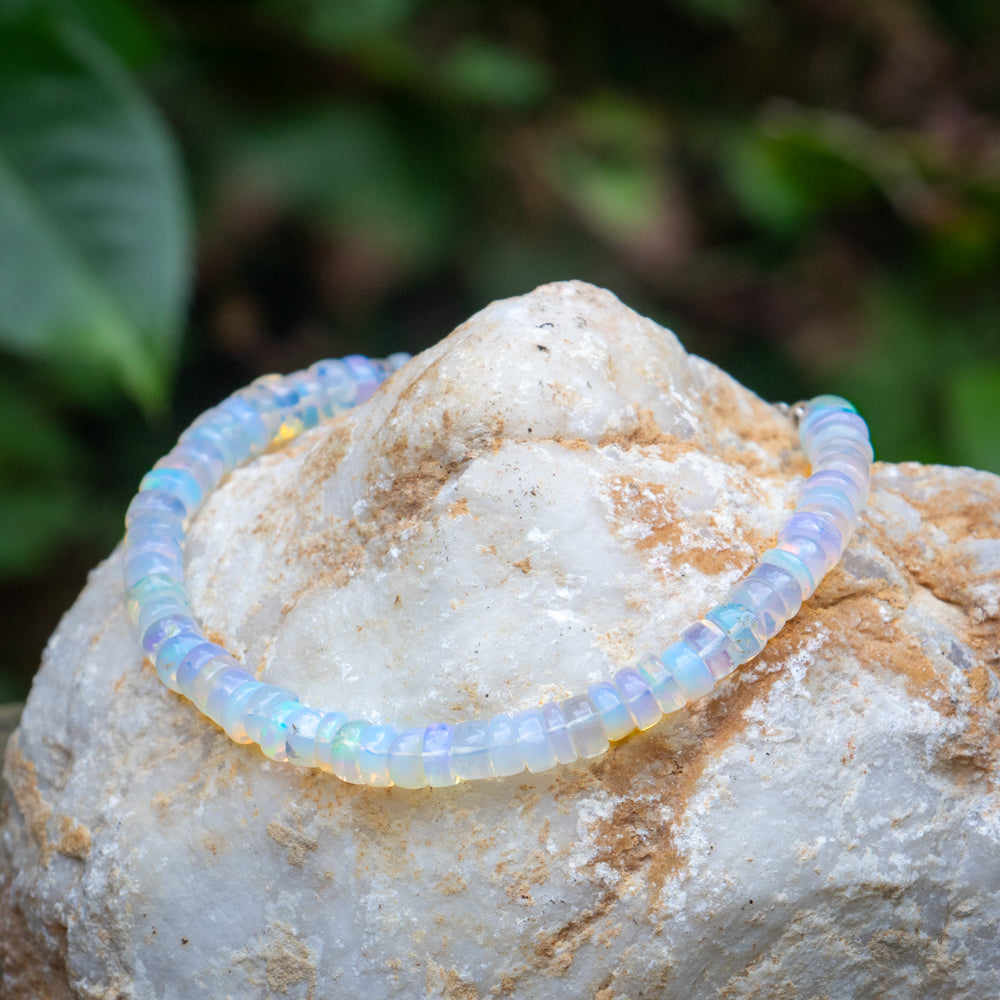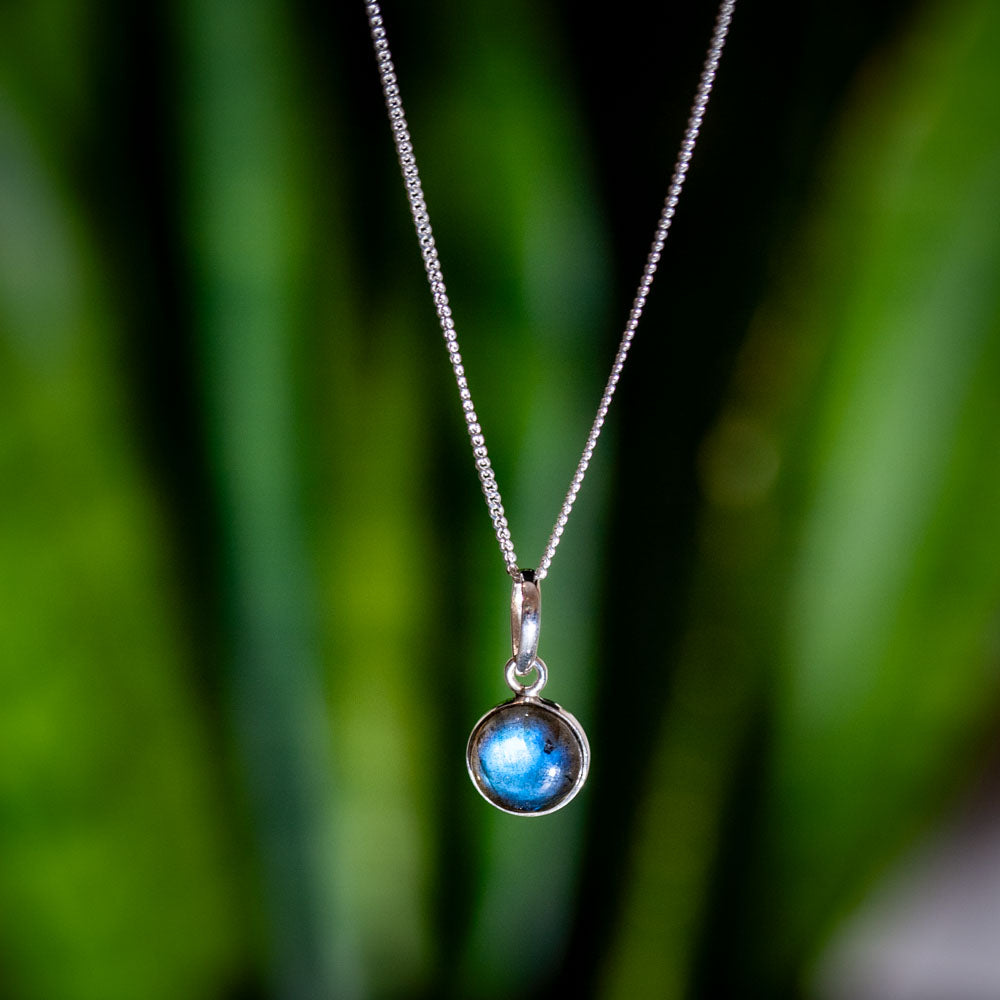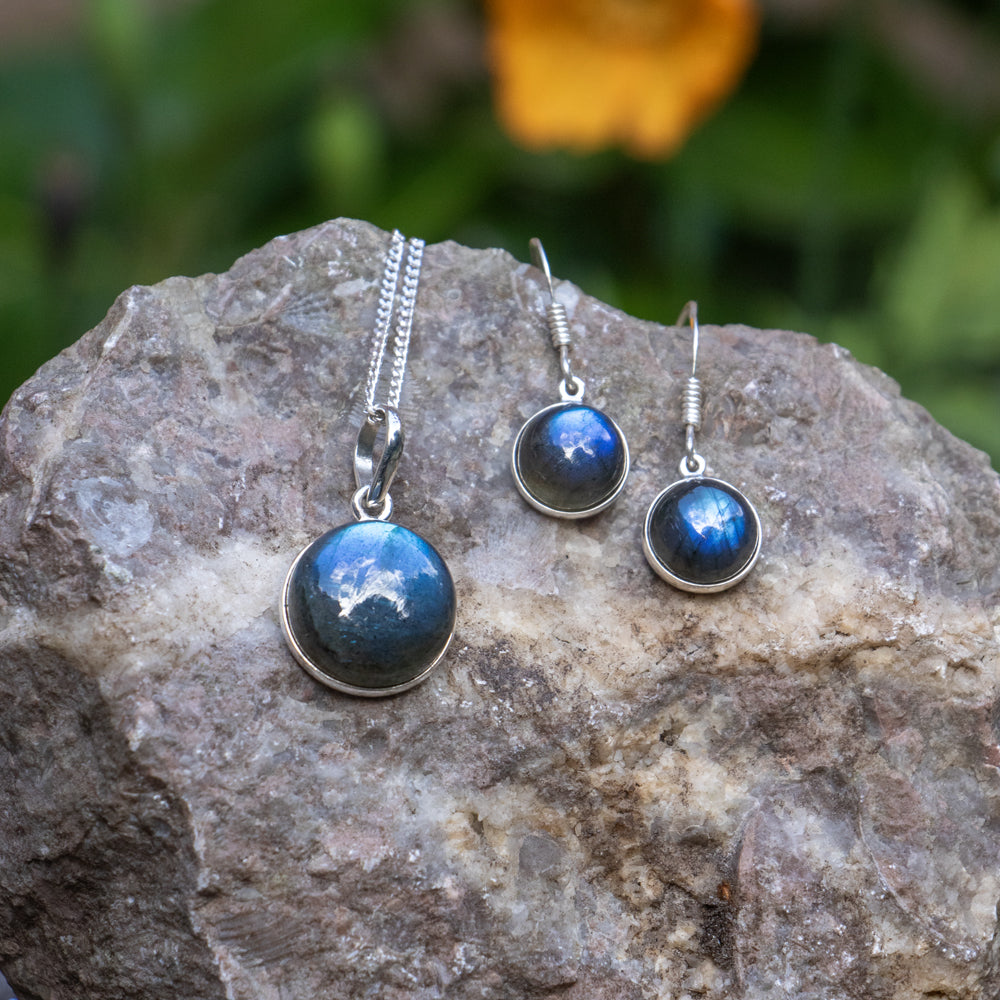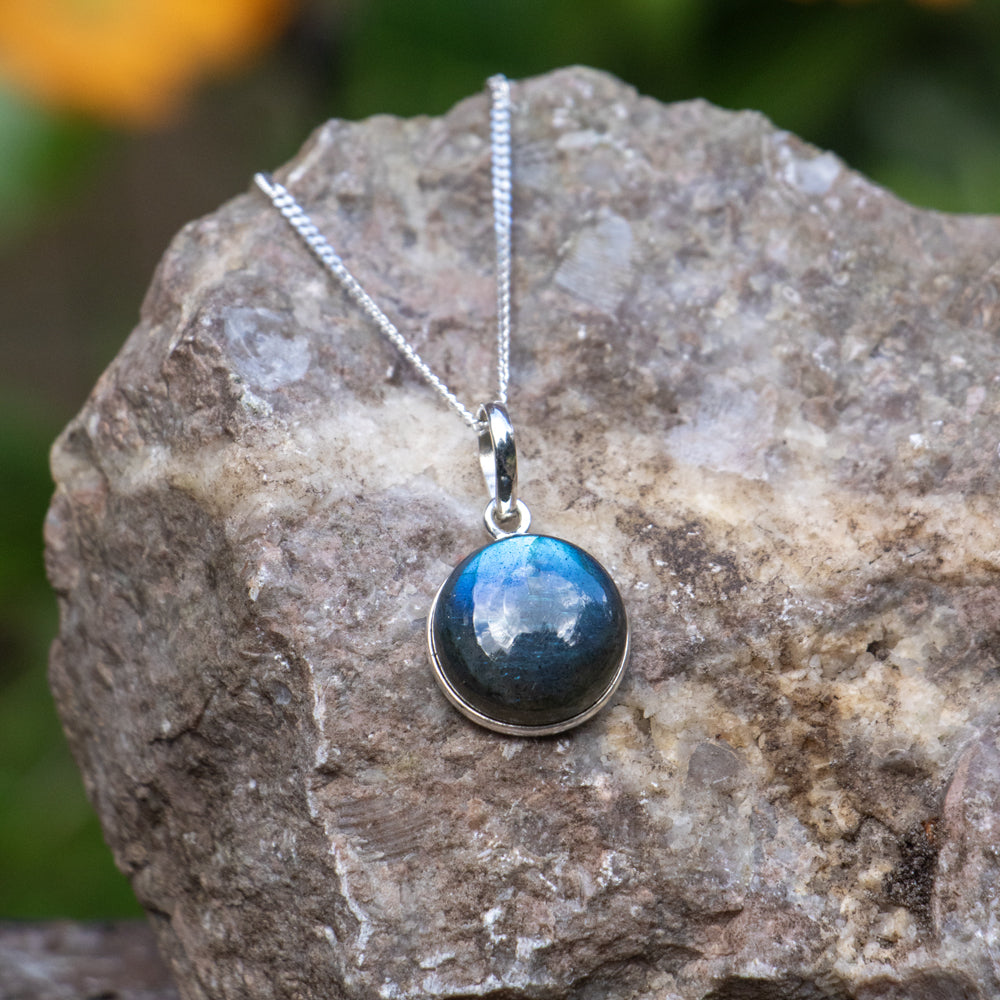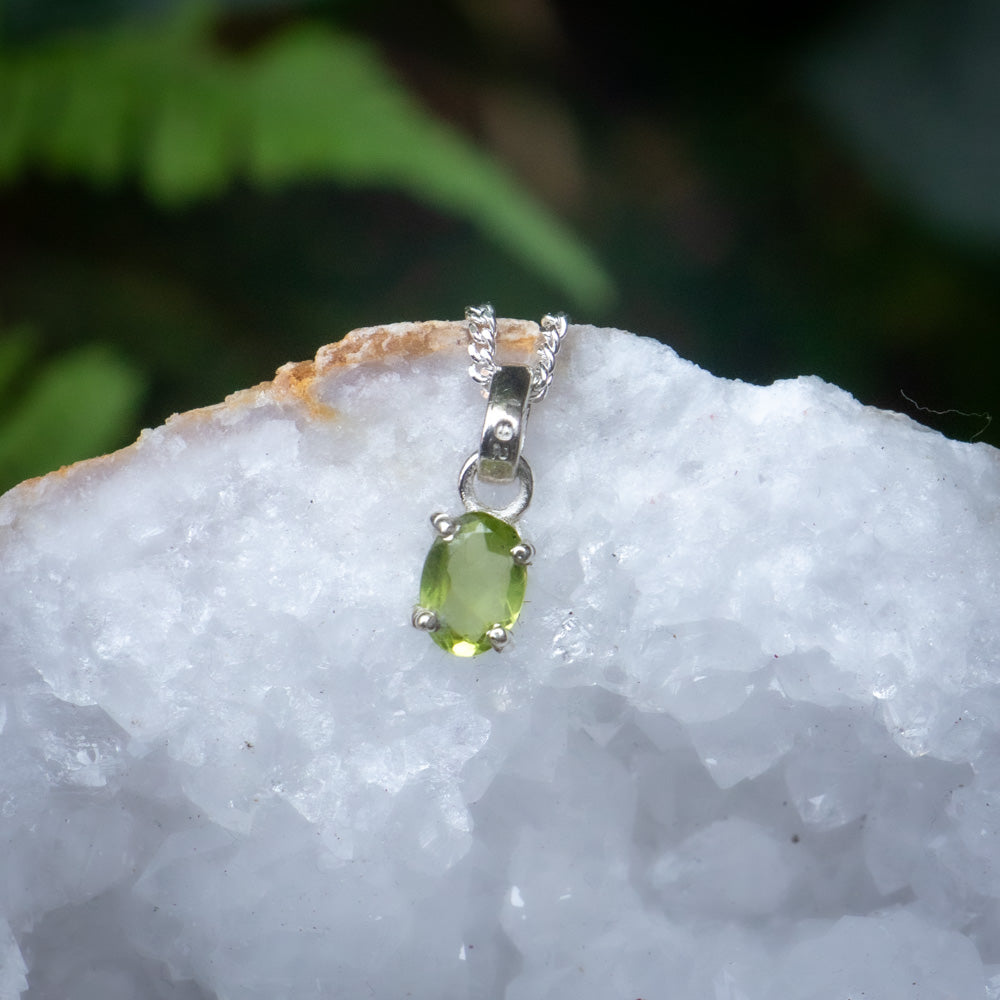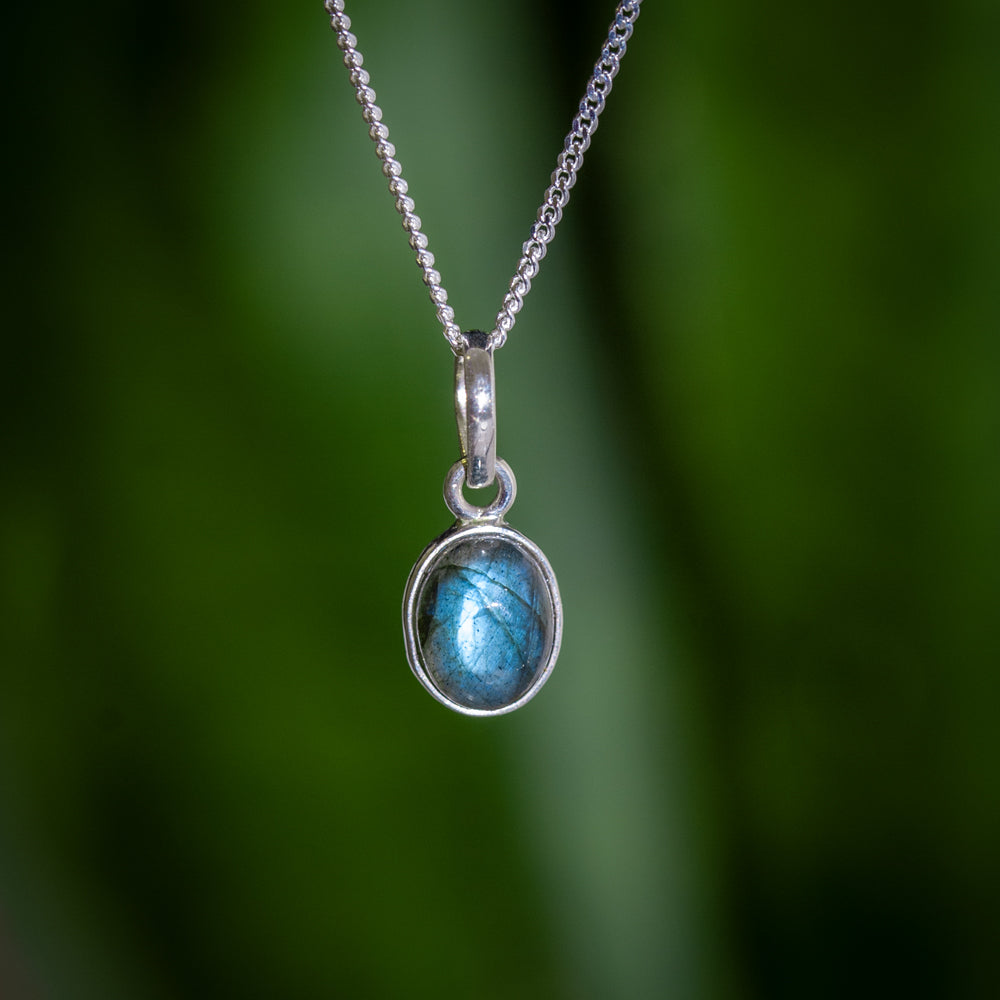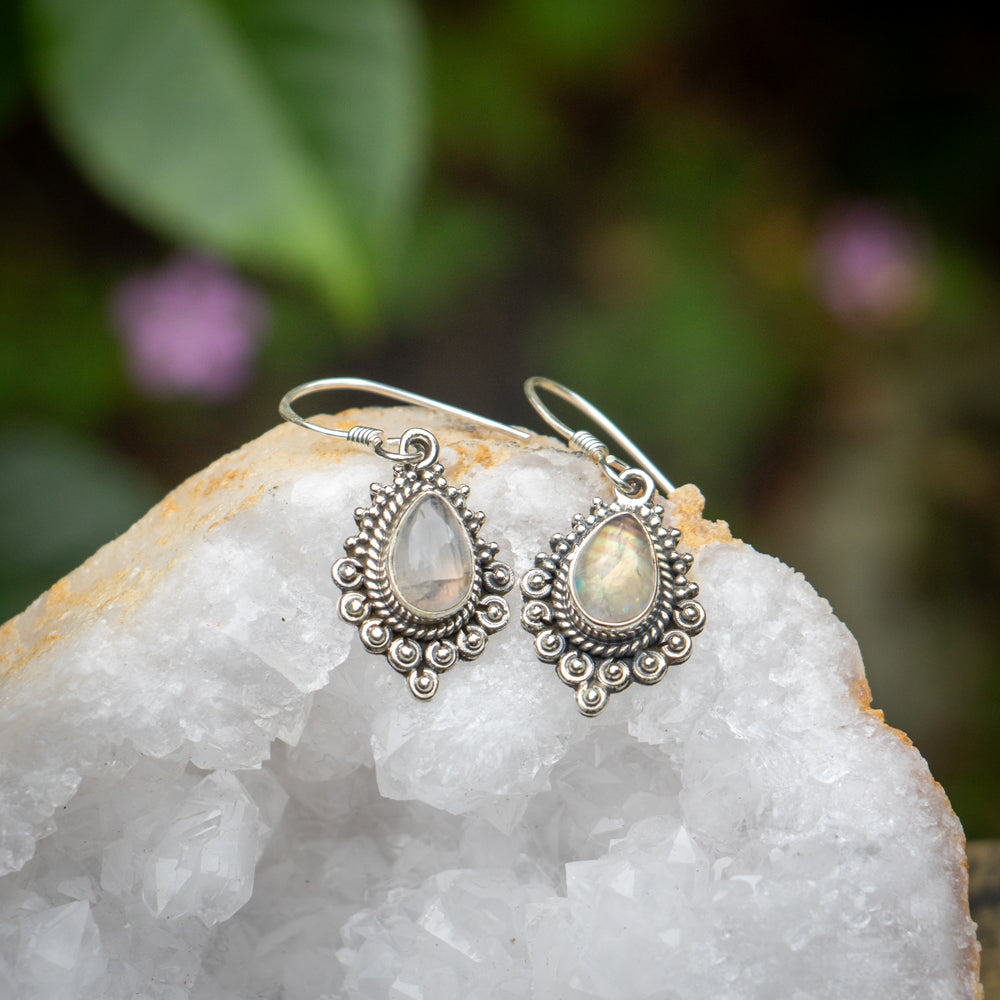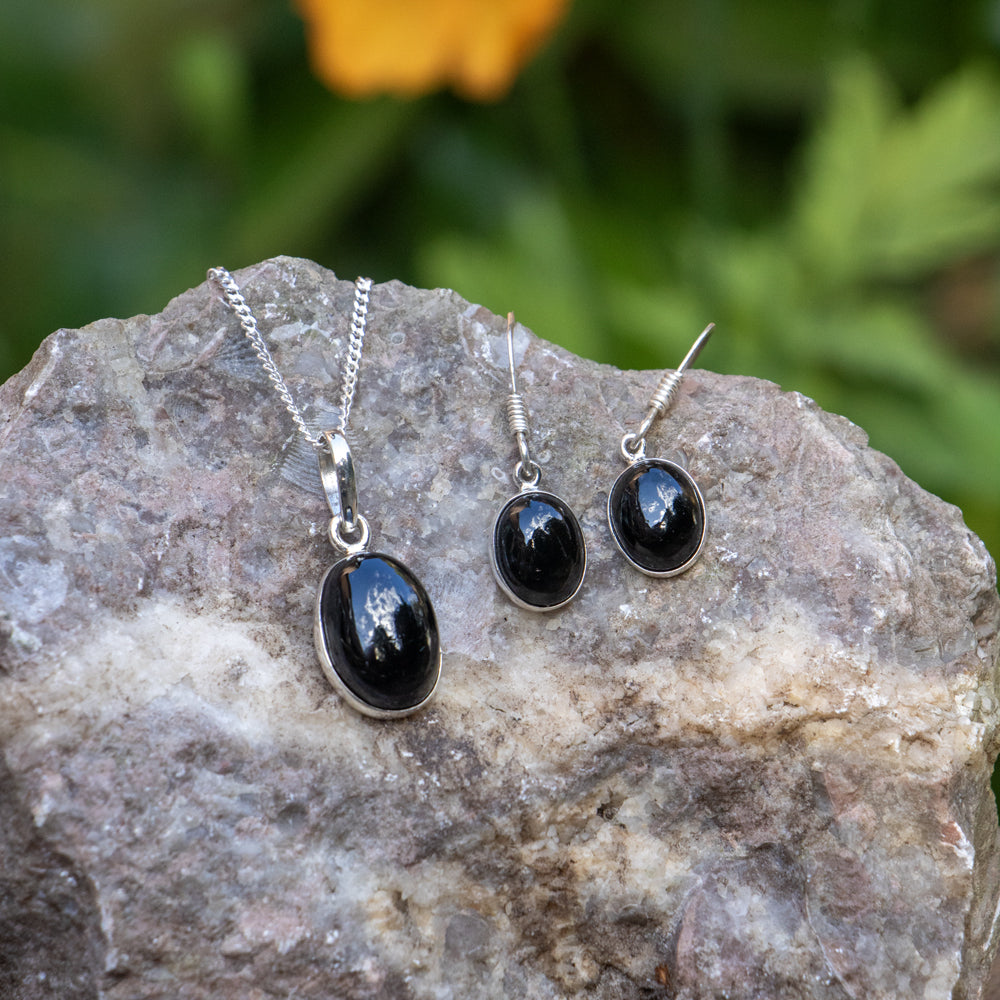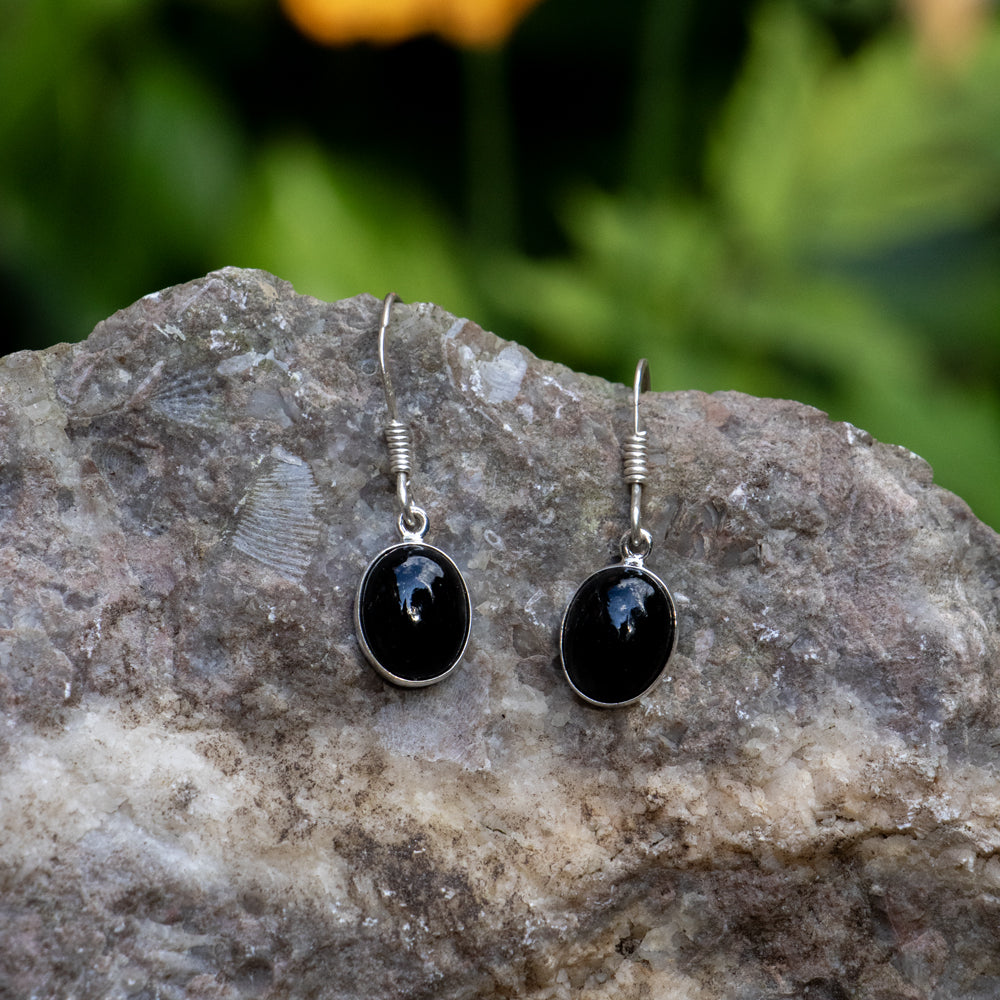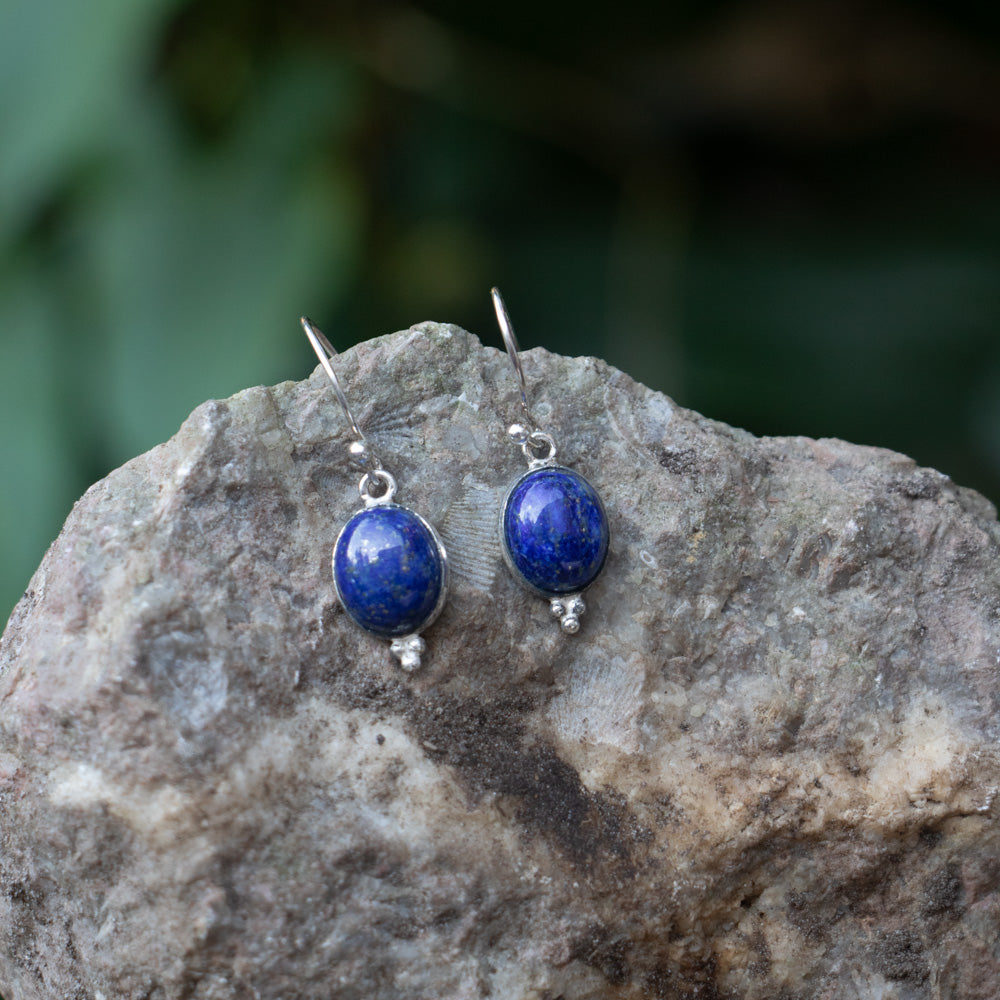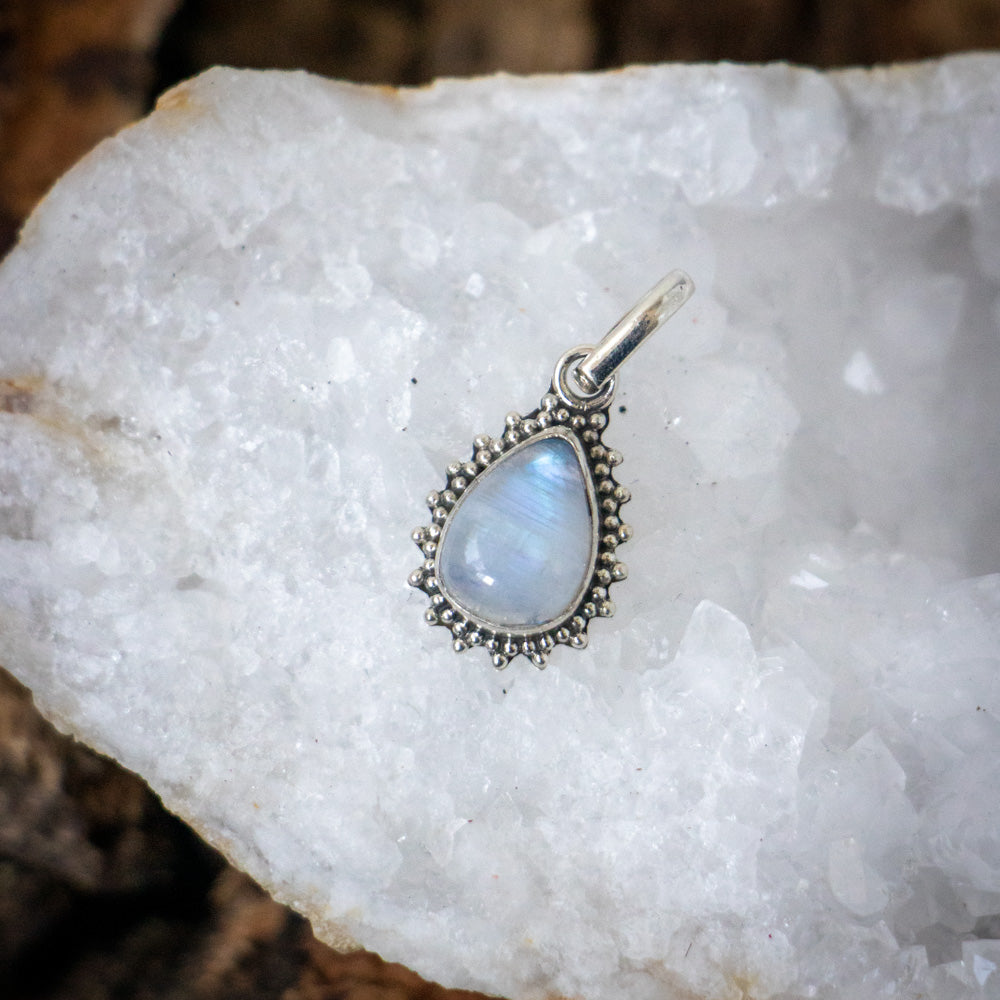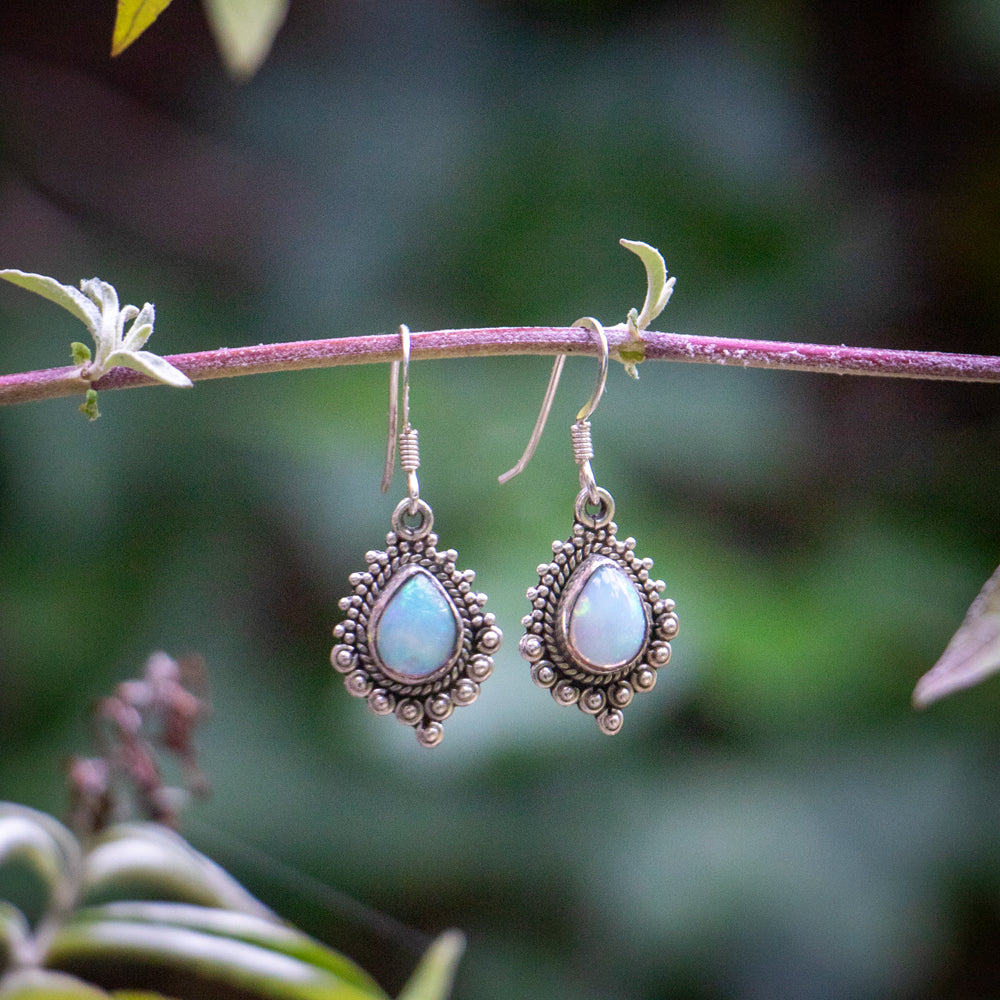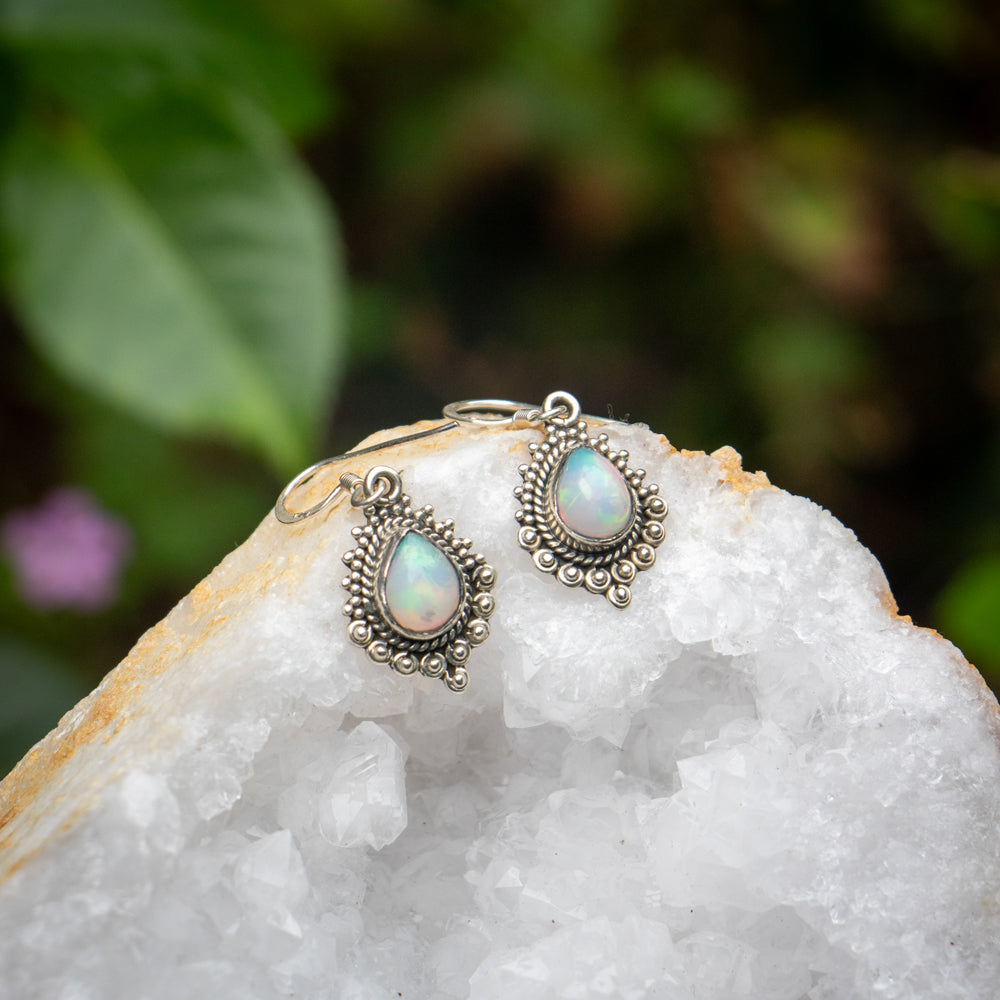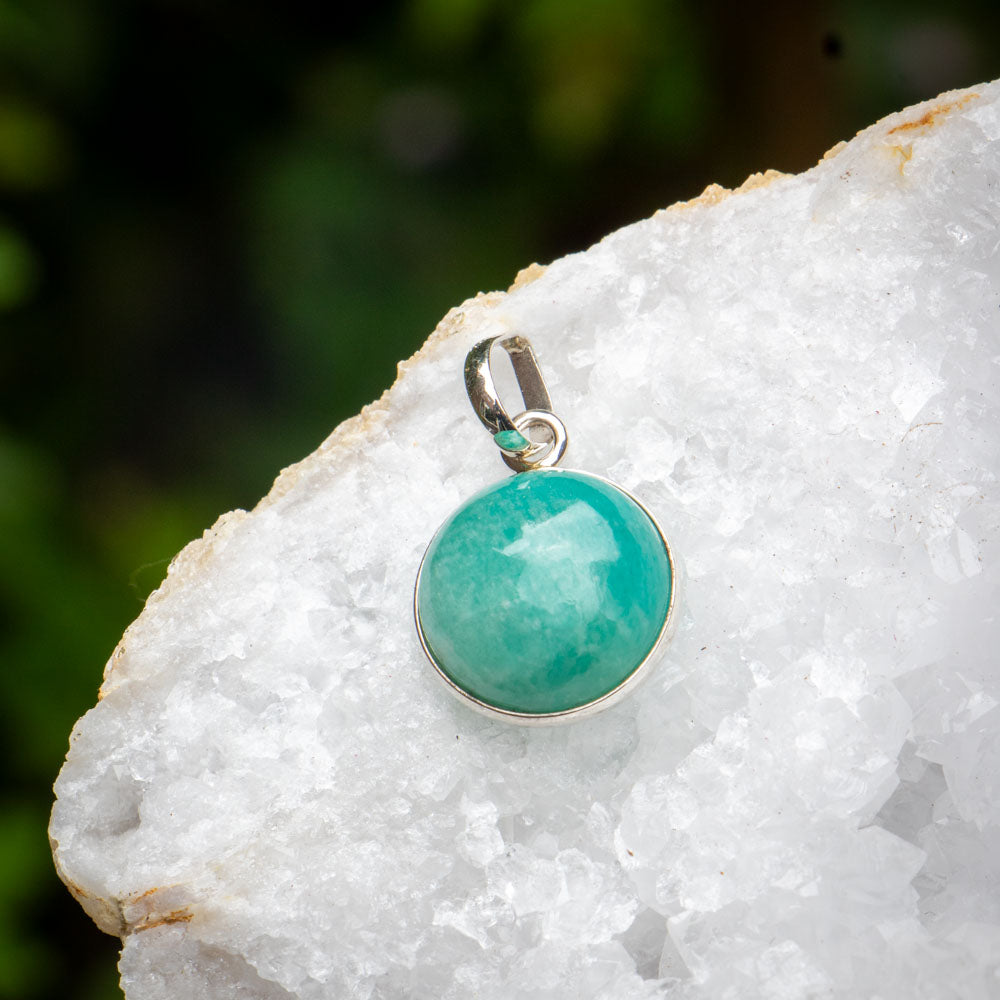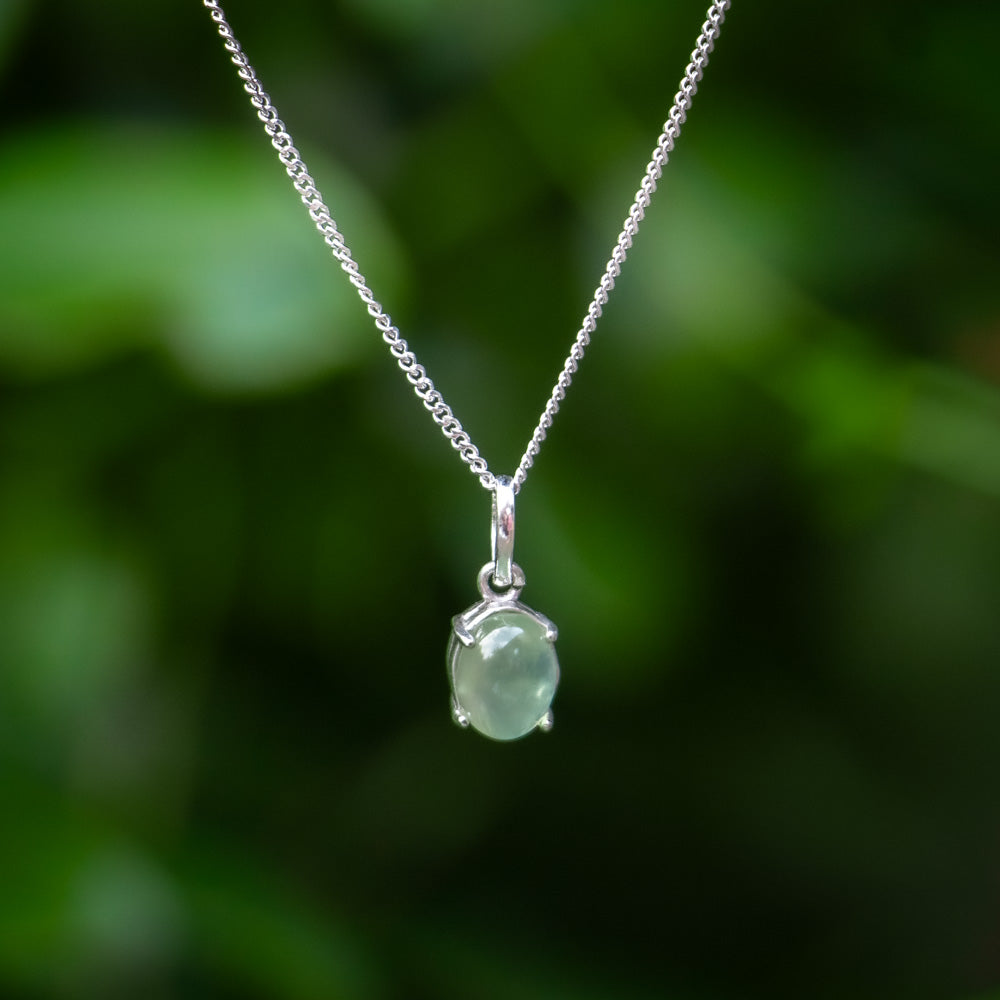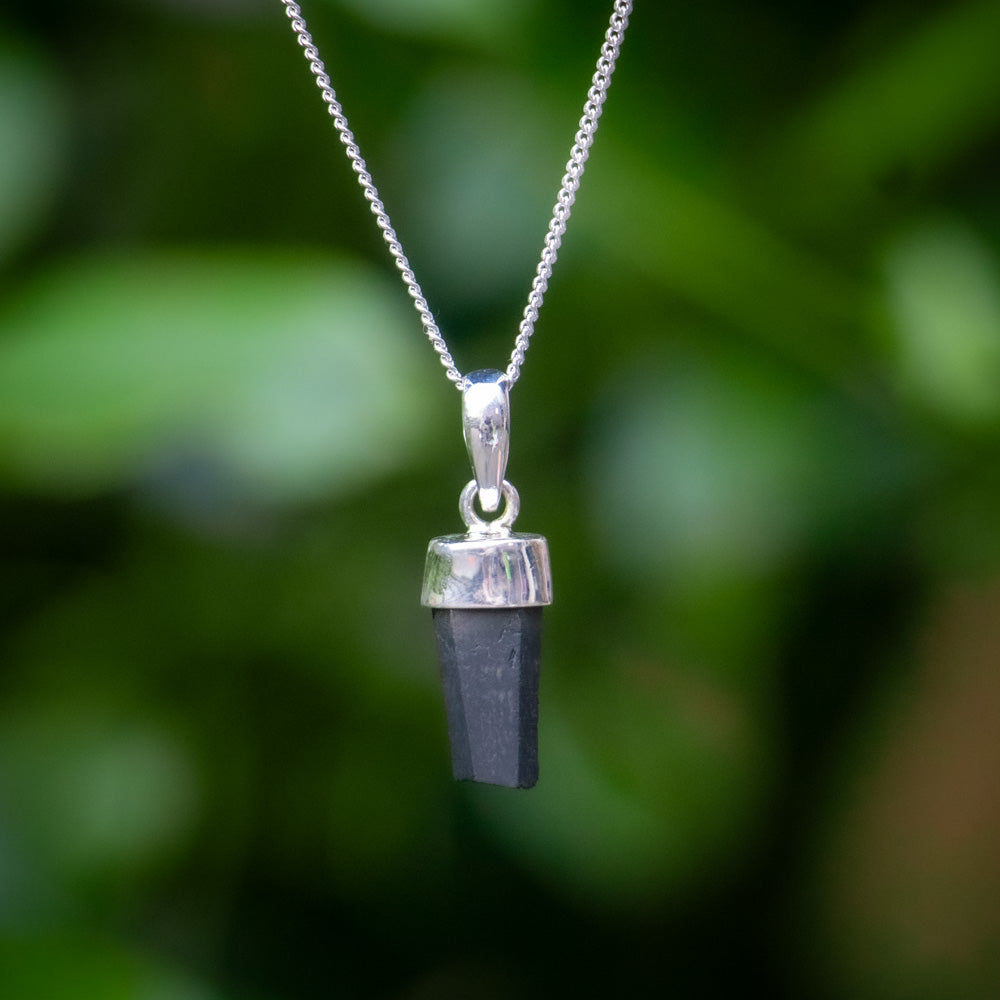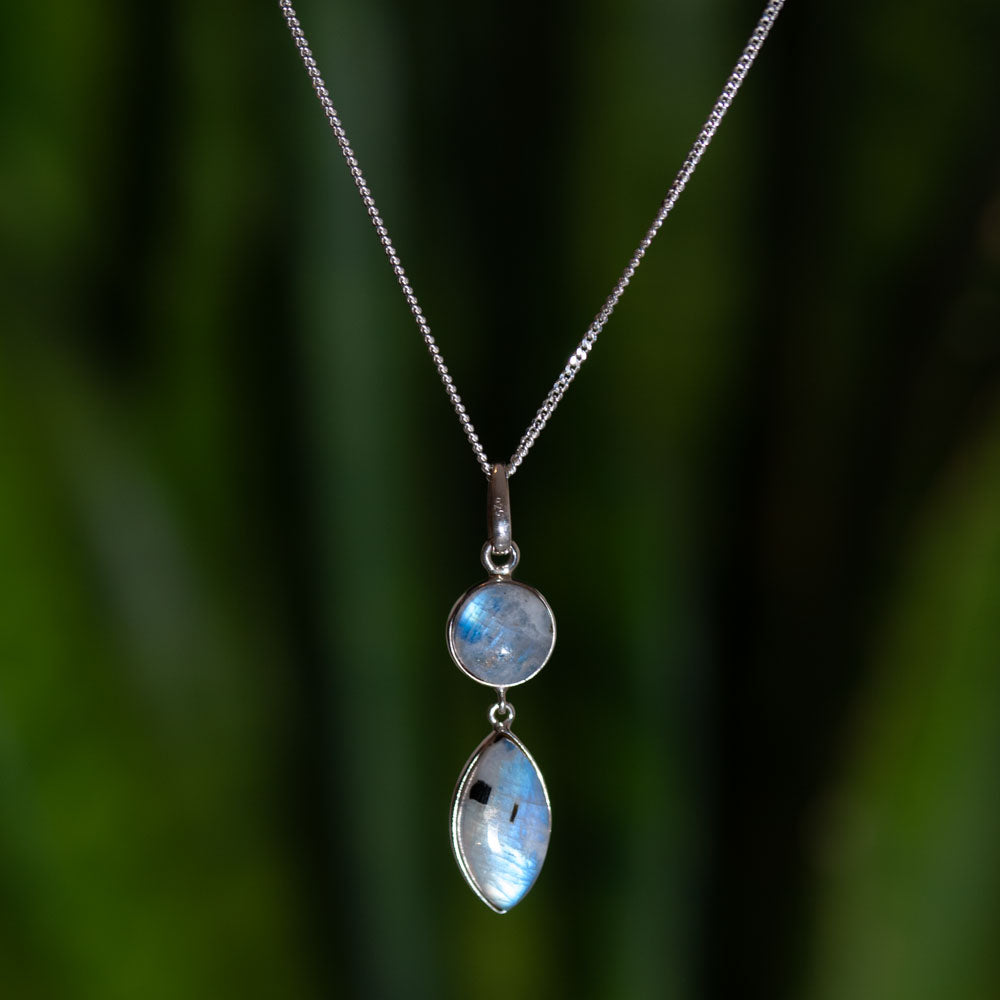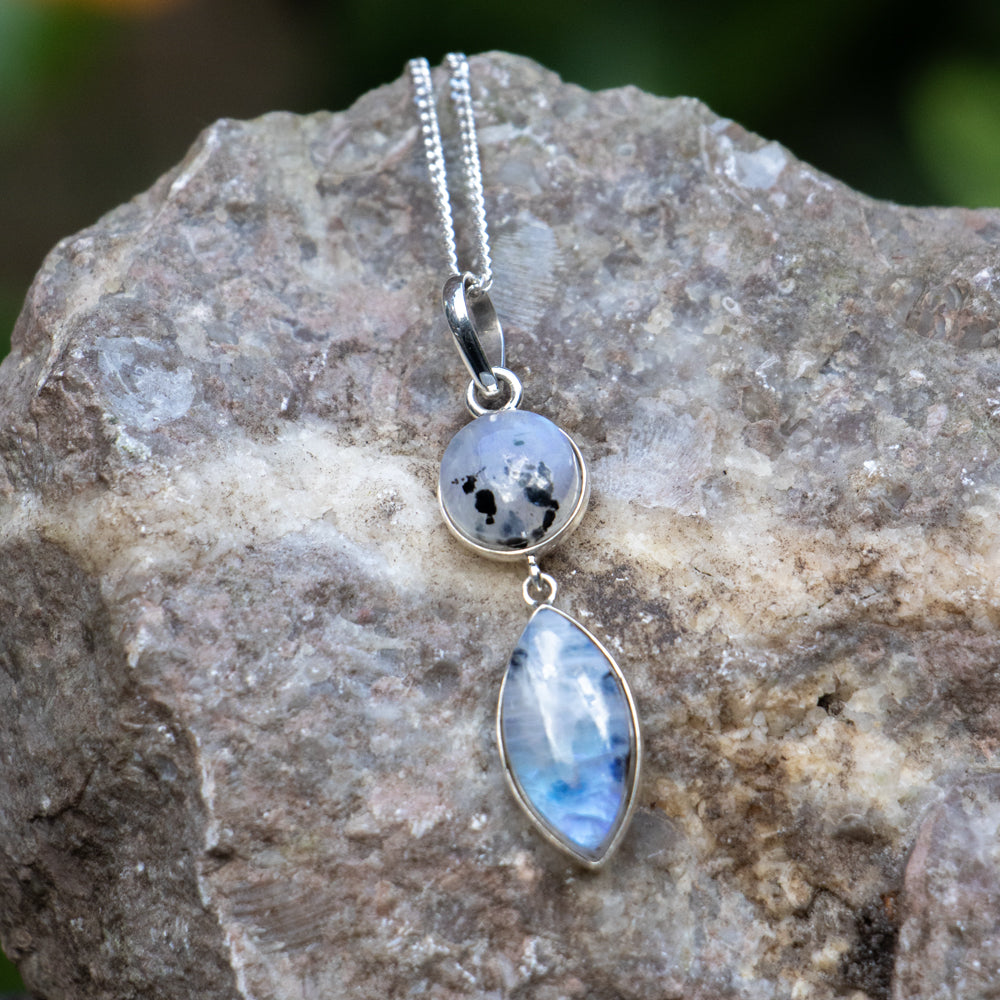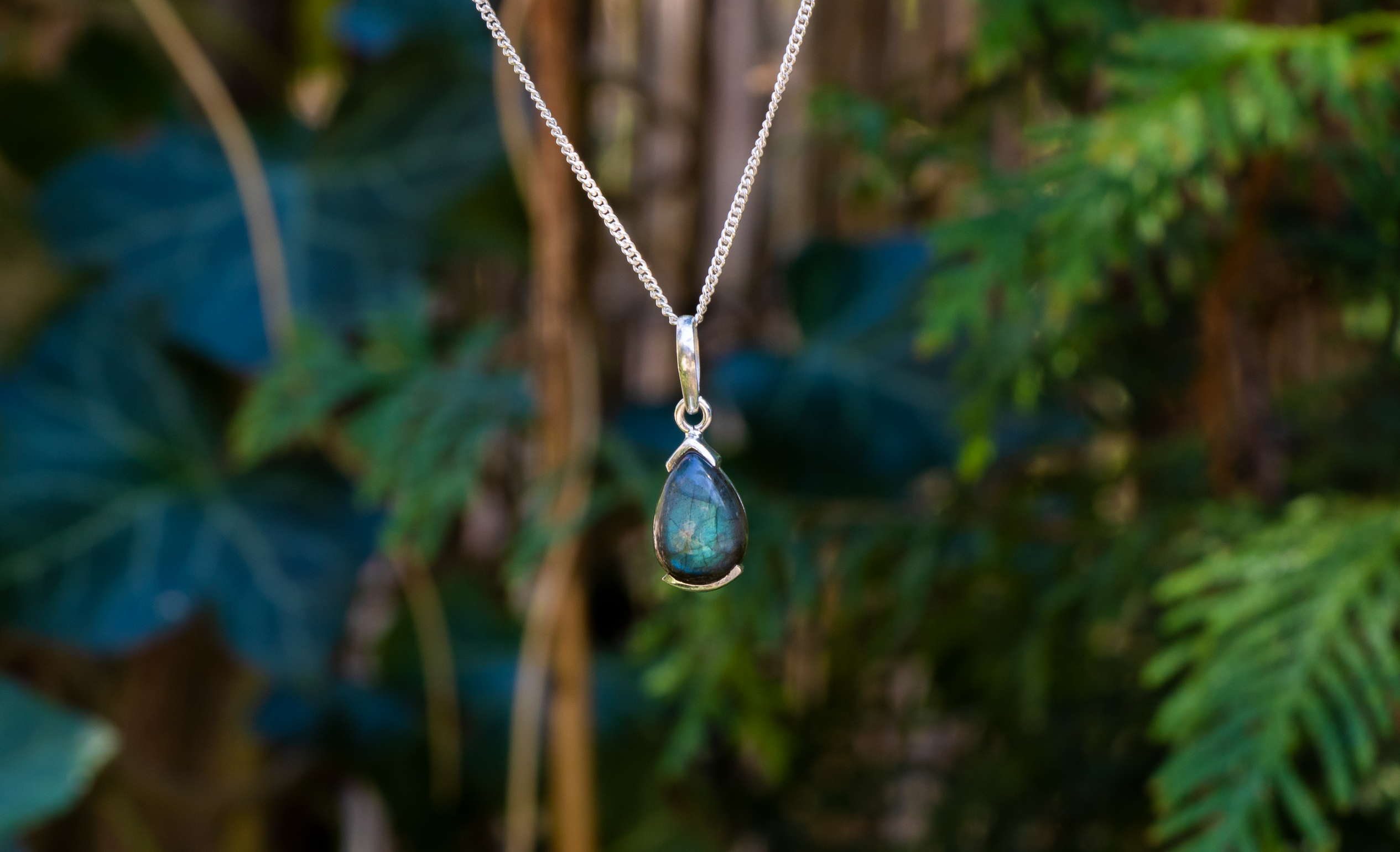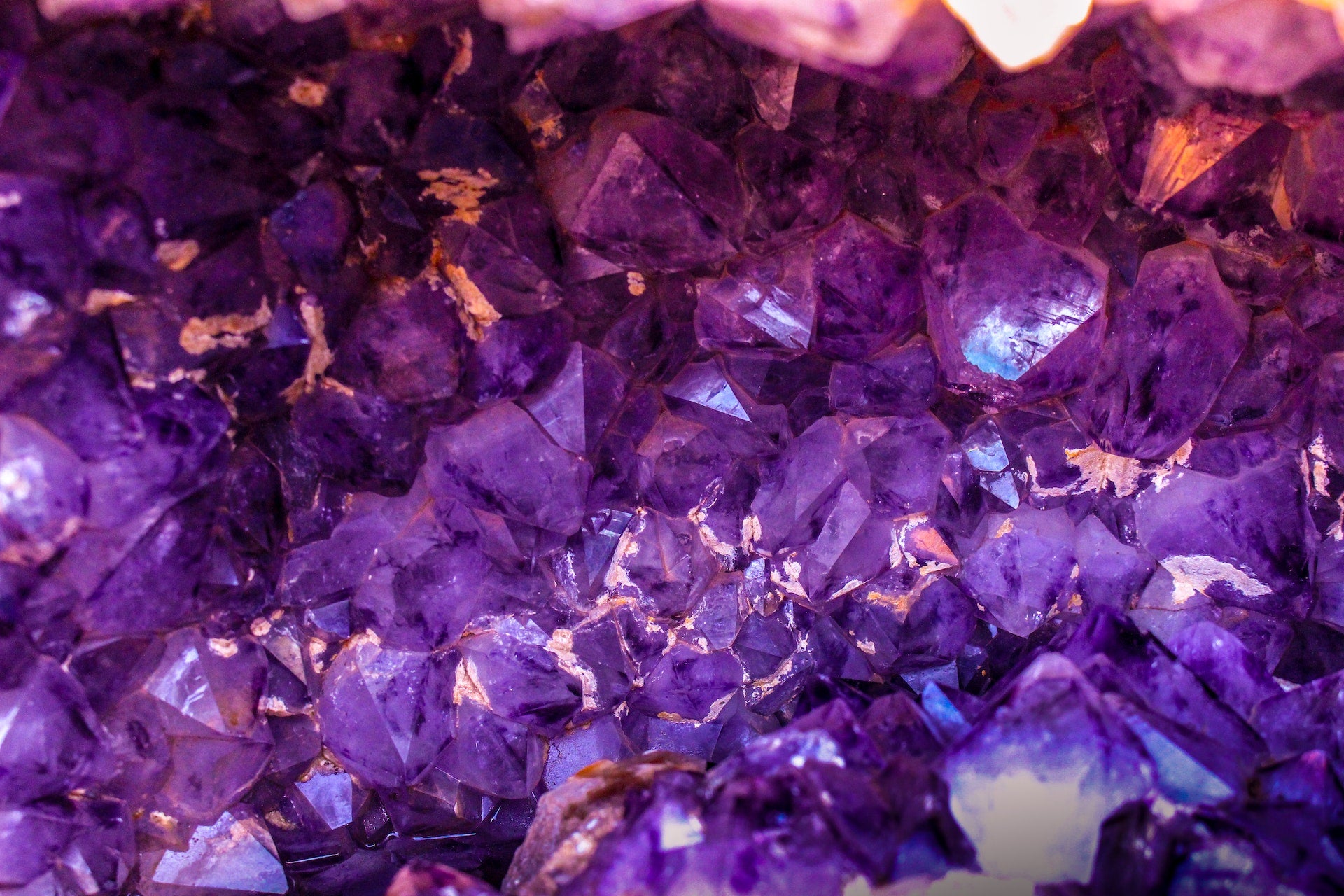
The chemical composition of amethyst
Amethyst is an extraordinary gemstone that has been prized for centuries for its striking beauty and spiritual properties. Its deep purple color and transparency make it a favorite among jewelers and gemstone enthusiasts. But what makes amethyst so unique? The answer lies in the chemical composition of this wondrous stone. In this article, we will delve deeper into the components and minerals that make up amethyst and enable its distinctive properties.
The Quartz Family and Amethyst
Amethyst belongs to the quartz family, a group of minerals that consist mainly of silicon dioxide (SiO2). What distinguishes amethyst from other quartz variations, such as rock crystal or smoky quartz, is the presence of traces of iron and aluminum. These elements are responsible for the characteristic purple color of amethyst.
The Role of Iron and Aluminum
The presence of iron and aluminum in the crystal structure of amethyst is crucial for its color development. The purple hue is created by the interaction between the iron and the natural radioactive decay of uranium in the earth's crust. When amethyst is subjected to ionizing radiation, color centers are created that are responsible for the different shades of purple, from light lavender to deep violet.
Color Variations and Pleochroism
Although amethyst is commonly known for its purple color, this stone can vary in shades and intensity. This is affected by factors such as the concentration of iron and aluminum, as well as the lighting and cutting of the stone. The phenomenon of pleochroism also plays a role in the color variations of amethyst. Pleochroism refers to the ability of a mineral to show different colors when viewed from different directions. In the case of amethyst, the purple appearance can vary depending on the viewing angle.
Other Elements and Inclusions
In addition to iron and aluminum, amethyst can contain other elements and inclusions. Trace amounts of elements such as manganese, titanium, and lithium can affect the color and clarity of the stone. Sometimes amethyst also shows inclusions of gas or liquid, as well as other minerals such as calcite. These unique characteristics can affect the value and appearance of the stone, and offer fascinating details for jewelry enthusiasts and collectors.
The chemical composition of amethyst
The chemical composition of amethyst reveals the intriguing processes that take place in the earth’s crust that ultimately result in the formation of this beautiful purple gemstone. The combination of silicon dioxide with traces of iron and aluminum creates the distinctive color and aesthetic of amethyst. The presence of other elements and inclusions adds an extra dimension to this enchanting stone. Whether you are a gemstone collector, a jeweler, or simply fascinated by the natural world, amethyst remains a fascinating subject that never ceases to amaze us.



